In the modernisation of bathroom space, freestanding bathtubs are gradually becoming the core part of many families' vision of "comfortable life". It is not only a practical bathroom product, but also an expression that emphasises design, lifestyle, and spatial freedom. Compared to traditional embedded bathtubs, free standing bathtub can better highlight personalised decorative styles and offer more flexible space layout possibilities.
However, when choosing a suitable freestanding bathtub, consumers often face numerous detailed choices, such as selecting the material. Is there enough space? Is it easy to maintain? Is the drainage structure reasonable? This article will combine the performance of the product in its actual use environment and deeply analyse several core features that should be focused on when purchasing a freestanding bathtub, so as to help users make more informed decisions in their decoration or renovation projects.
1. Space adaptability: Don't just look at the size, pay more attention to the smooth flow of movement
The first step in purchasing a bathtub is to consider the bathroom's spatial layout. Although freestanding bathtubs are more flexible than embedded products, this does not mean that "it can be placed anywhere".
In actual layout, it is recommended to reserve at least 12 to 20 inch of activity area around, which is not only convenient for cleaning and maintenance, but also helps to maintain the permeability of the space. The main bathroom space in some houses is relatively compact, so choose a bathtub style with simple lines and a compact base to ensure it does not interfere with the regular use of other bathroom functional areas.
Additionally, the matching relationship between the weight of the bathtub and the load-bearing capacity of the ground should also be evaluated, especially when using cast-iron or stone bathtubs on the second floor or in the renovation of old houses.
2. Material selection determines the user experience and product life
The material of the bathtub is directly related to the touch, heat preservation, durability and overall shape performance. The common freestanding bathtub materials in the current mainstream market mainly include the following:
Acrylic: lightweight, strong heat preservation, moderate cost, smooth surface and easy to clean. Suitable for most home decoration needs, especially in the mid-to-high-end price segment, it has a significant market share.
Artificial stone (Stone Resin): Excellent visual texture, imitating the texture of natural stone, and has strong thermal insulation and scratch resistance. Suitable for families pursuing a minimalist style and textured space.
Cast Iron: Extremely strong and durable, with outstanding thermal insulation and long service life, it can almost be "passed down from generation to generation". However, it is heavy and has high installation costs, and is usually used in single-family homes or high-end projects.
Copper or metal materials: Strong sense of shape, often used in retro style or luxury decoration, but requires regular maintenance to prevent oxidation, and is a niche high-end choice.
When choosing materials, it is essential to consider beauty, practicality, and budget, especially whether the inner surface of the bathtub is easy to clean and resistant to dirt and scale, and whether it supports simple daily cleaning methods.

3. Comfort and ergonomic design are inseparable
A truly easy-to-use bathtub is not just about appearance. Its internal structure and comfort are the decisive factors for the daily use experience.
Ergonomic design is a crucial factor that cannot be ignored when selecting a freestanding bathtub. High-quality bathtubs typically feature a reasonable tilt angle on the internal lines, which allows them to fit the curves of the back and legs, ensuring the body is naturally relaxed and reducing the sense of oppression when taking a bath.
At the same time, the following aspects should also be paid attention to:
Depth and capacity: The ideal water depth is generally more than 15-18 in, allowing the user's body to be fully immersed in the water and providing a thorough sense of relaxation.
Backrest angle: A comfortable backrest should have a certain backwards tilt angle, allowing the area above the shoulders to be slightly exposed to the water surface. This helps prevent slipping or cold shoulders and neck.
Bathtub edge treatment: The soft edge design is not only safer but also convenient for users to get in and out of.
Single or double design: Some families will choose a double bathtub. In this case, the structure with central drainage and symmetrical ends should be preferred to ensure consistent comfort when used by two people.
4. Drainage and water system compatibility
Drainage efficiency and structural design are often overlooked, but their role in daily use cannot be underestimated. Especially for freestanding bathtubs, since they are usually not against the wall, the drainage structure needs to be reasonably connected with the ground drainage system to ensure safety and efficiency.
Before purchasing, the following details need to be confirmed:
Ø Whether the position of the drain outlet aligns with the floor drain or the floor drain in the bathroom, to avoid rework later.
Ø Whether it is equipped with an overflow protection system to prevent overflow when full of water, causing moisture on the ground or damaging the floor.
Ø Whether it is easy to disassemble and clean to avoid difficulties in repair after blockage.
If the bathtub is located in the centre of the space, a sufficient length of drainage pipe should be reserved to ensure the beauty of the hidden installation.
5. Ease of installation and post-maintenance
Bathtubs of different materials and structures have different installation complexities. Lightweight acrylic bathtubs are usually easy to install, but heavier cast iron or artificial stone bathtubs may require the cooperation of multiple people, professional tools, and even ground reinforcement.
When choosing, you should also pay attention to the following aspects:
² Whether the drainage components are pre-installed: Some brands have integrated the drainage system with the bathtub, which can significantly reduce the installation difficulty.
² Whether the surface is easy to clean and scratch-resistant: During long-term use, whether the surface material is easy to hide dirt and whether scratches will appear will affect both the product's life and its appearance durability.
² Whether it supports the repair and replacement of accessories, such as the drain cover and sealing ring, is crucial. For example, whether these components are of standard size and can be easily purchased and replaced is key to judging the after-sales guarantee ability of the product.
6. The integration of design style and overall space
The primary reason freestanding bathtubs are popular is their excellent decorative ability. As the visual focal point of the bathroom, the shape and colour of the bathtub will directly influence the overall space's temperament and style expression.
When purchasing, the bathtub should be regarded as an integral part of the bathroom design, forming a unified tone with the floor tiles, walls, bathroom cabinets, faucets, and other elements. For example:
A minimalist-style space can opt for a plain bathtub with a matte white or stone texture.
An industrial-style bathroom can be matched with a black metal frame or an irregularly shaped bathtub.
In retro spaces, a copper freestanding bathtub with decorative feet can be a finishing touch.
In addition to the appearance itself, you can also create a complete visual system by choosing and matching faucets, shelves, lighting and other details that complement each other.
7.Conclusion: Find the one that fits your lifestyle
A freestanding bathtub is not just a bathroom product; it is a reflection of a lifestyle, and it represents your deep understanding and choice of space, design, comfort, and relaxation.
Finding the one that suits you best among many products requires not only a budget, but also a sensitivity to details and a persistence in quality. From size planning to material selection, from ergonomics to drainage structure, every link directly affects the future user experience.
If home is a place where people return to themselves, then the bathtub is one of the most private and softest harbours in the home. If you choose it well, it will accompany you through countless soothing nights; if you decide it cleverly, it can also bring extraordinary visual appeal and a unique temperament to the space.
Please choose a freestanding bathtub that truly belongs to you in your next renovation or decoration.

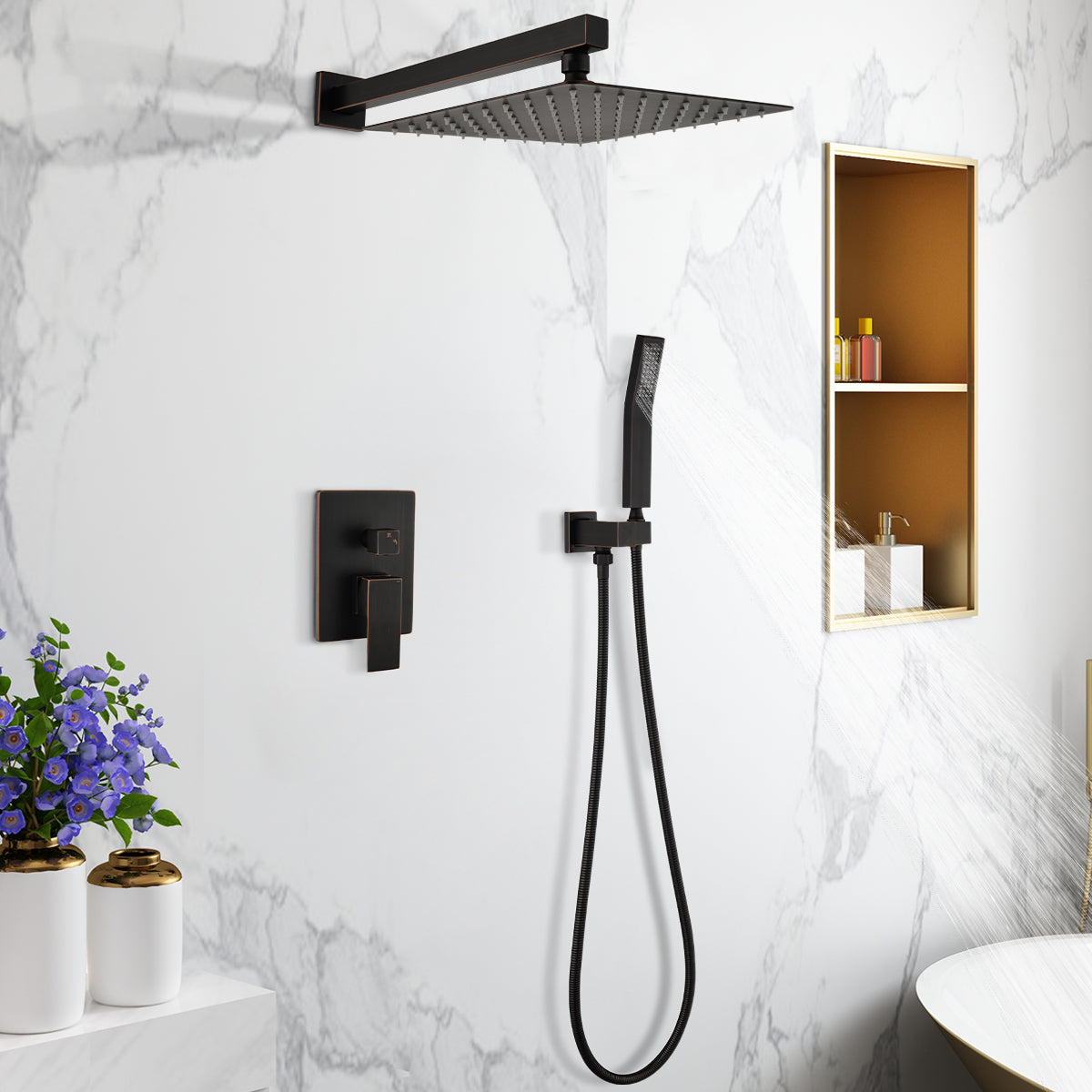
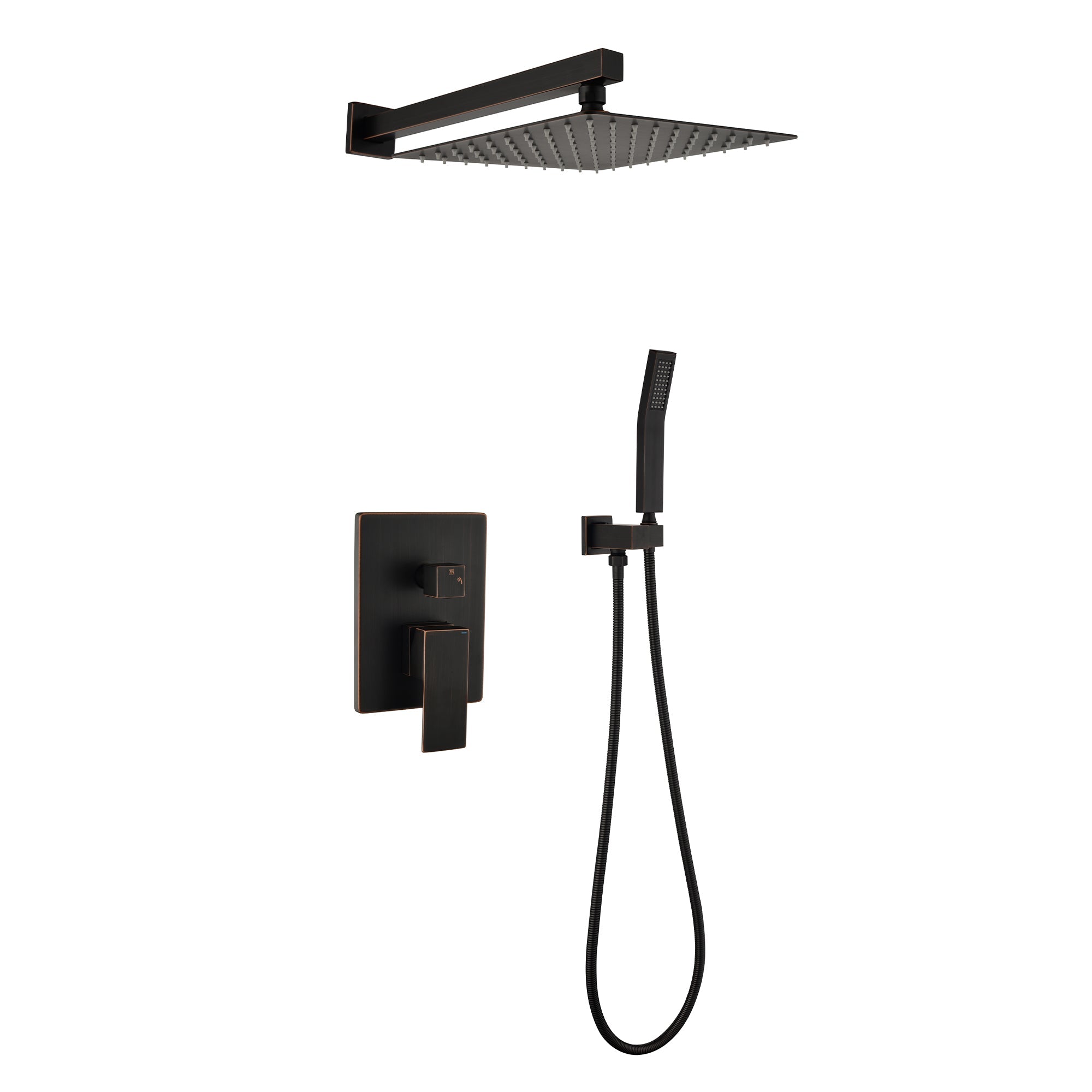


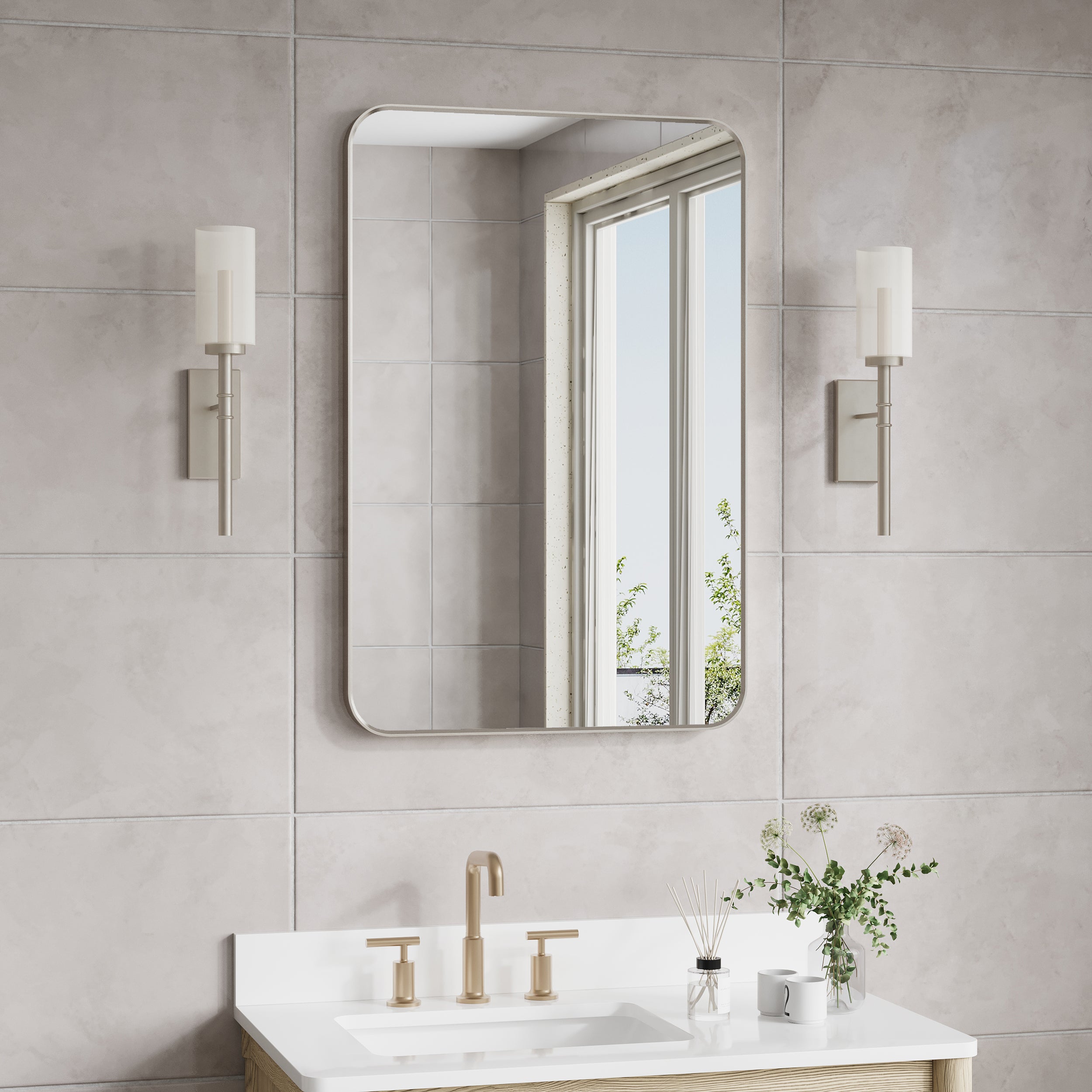
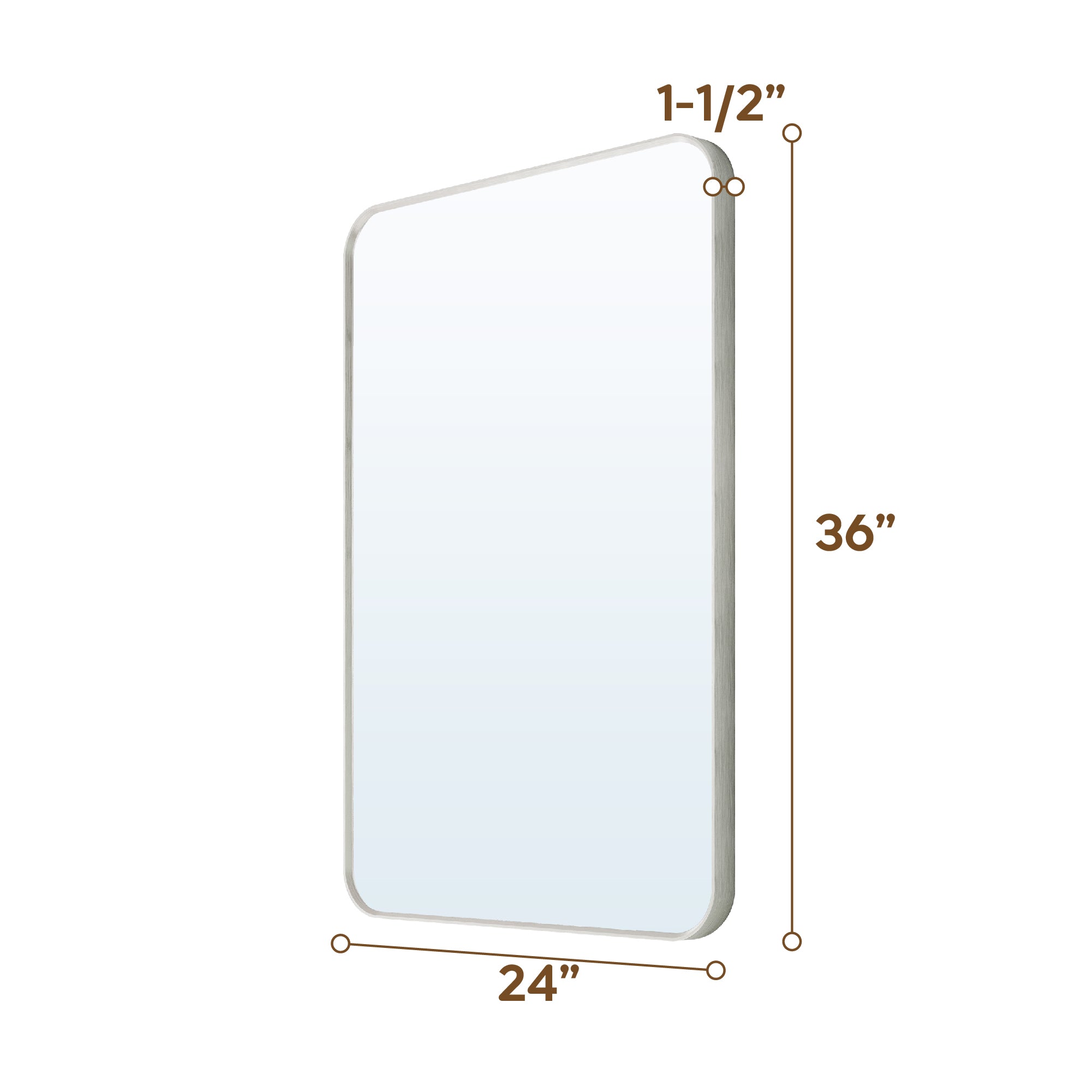

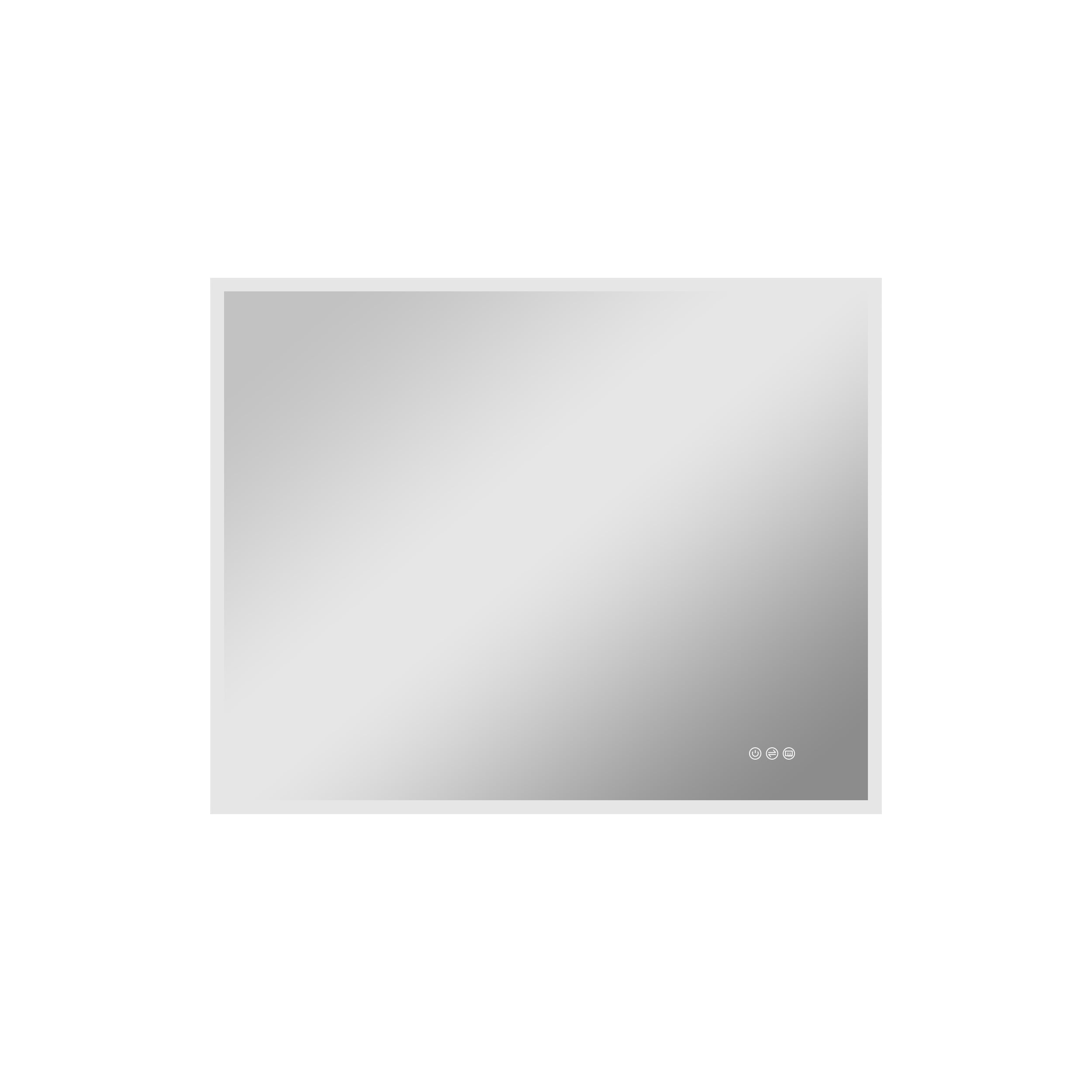
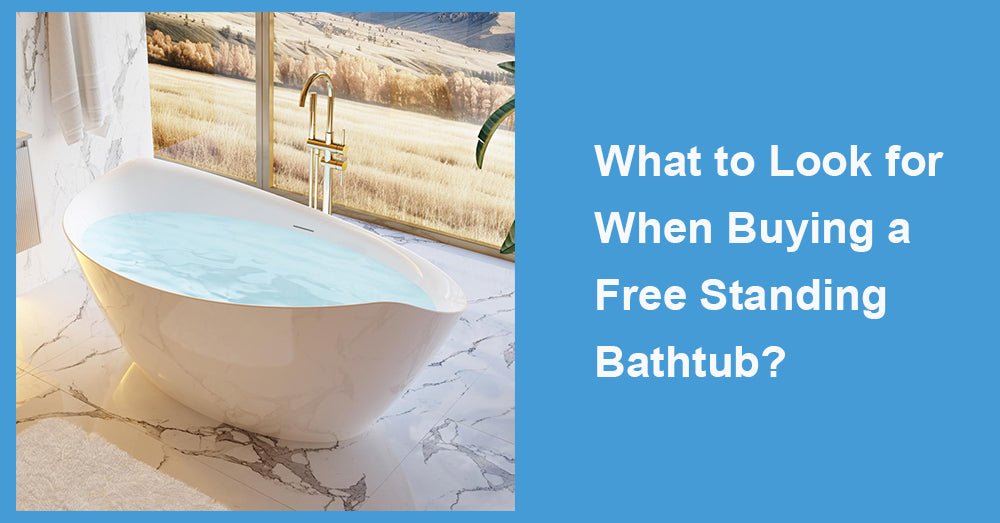
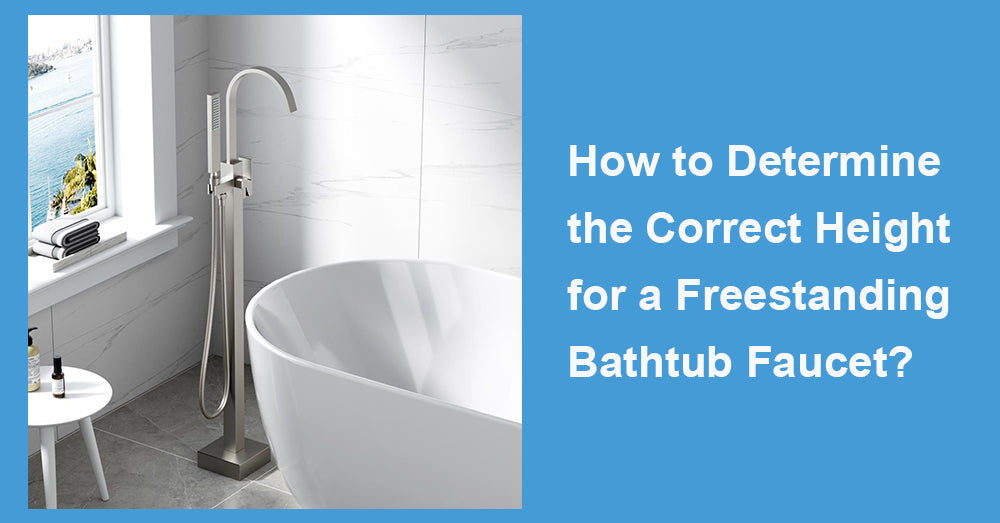
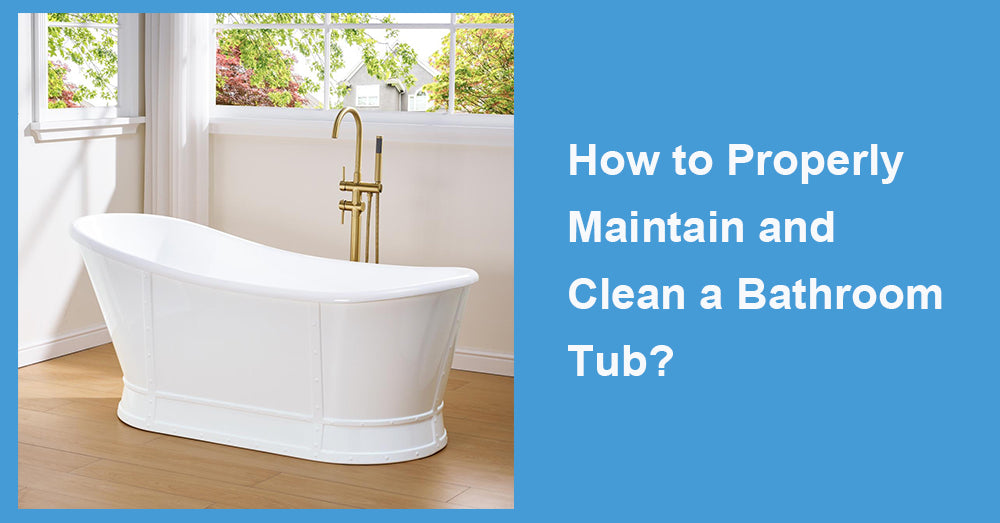
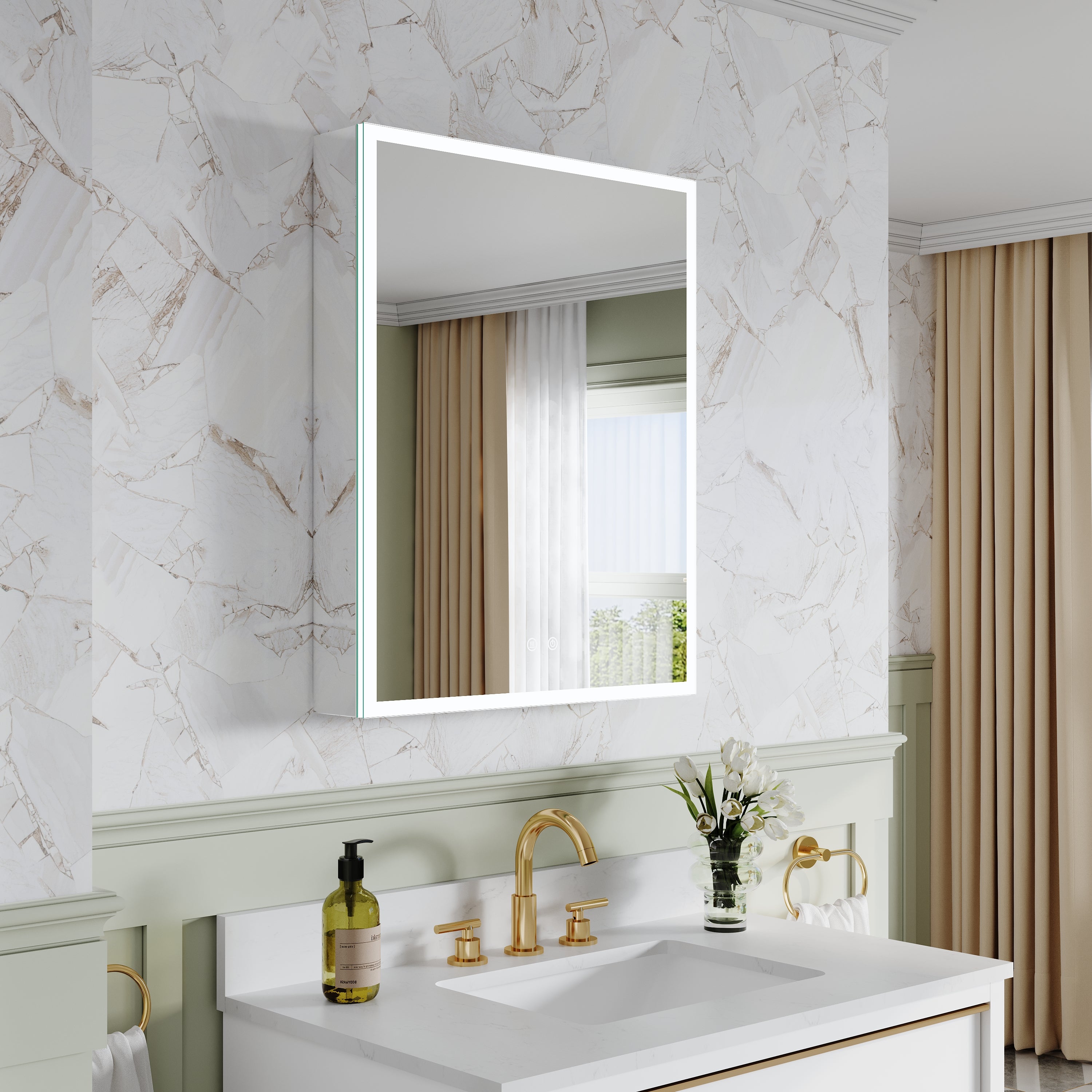
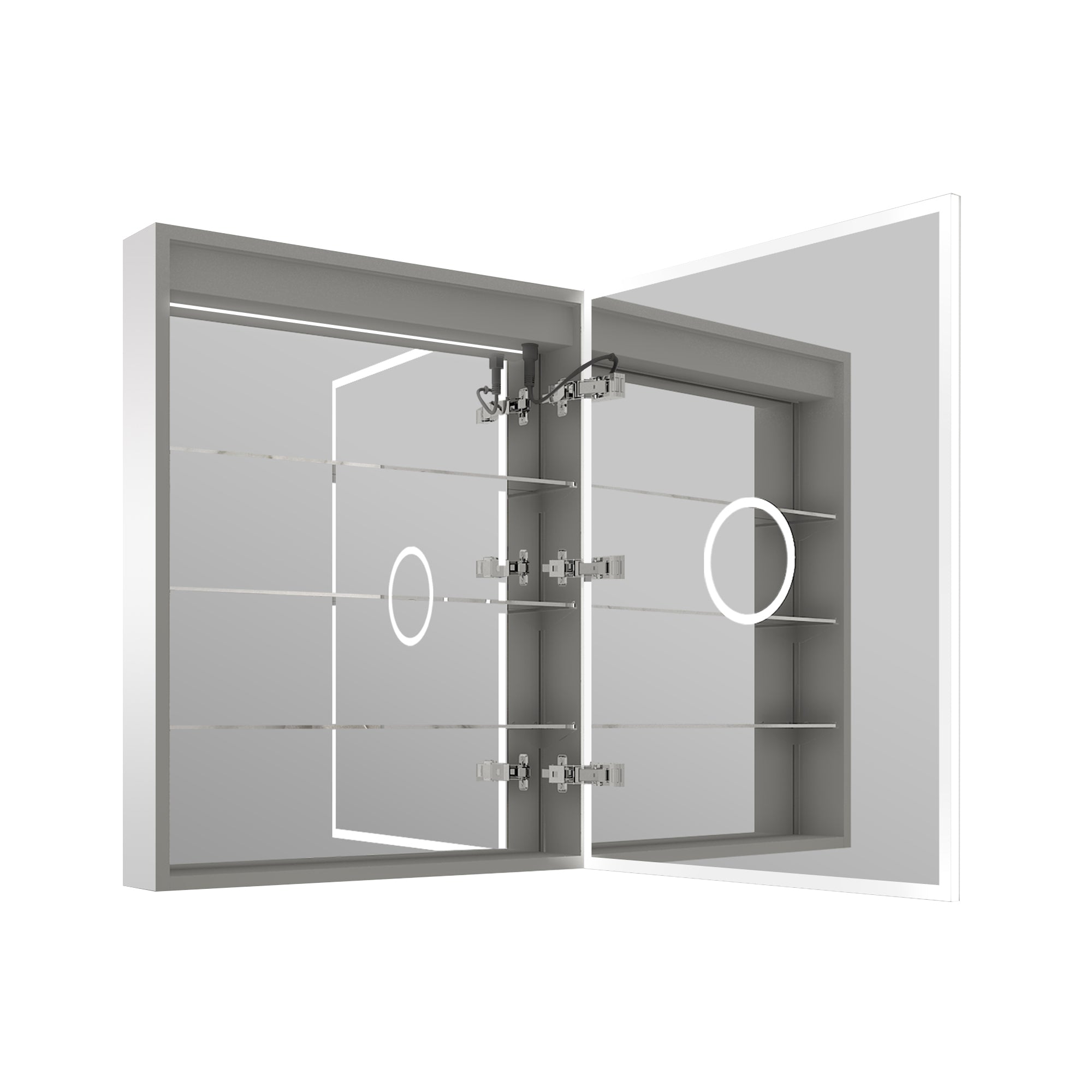
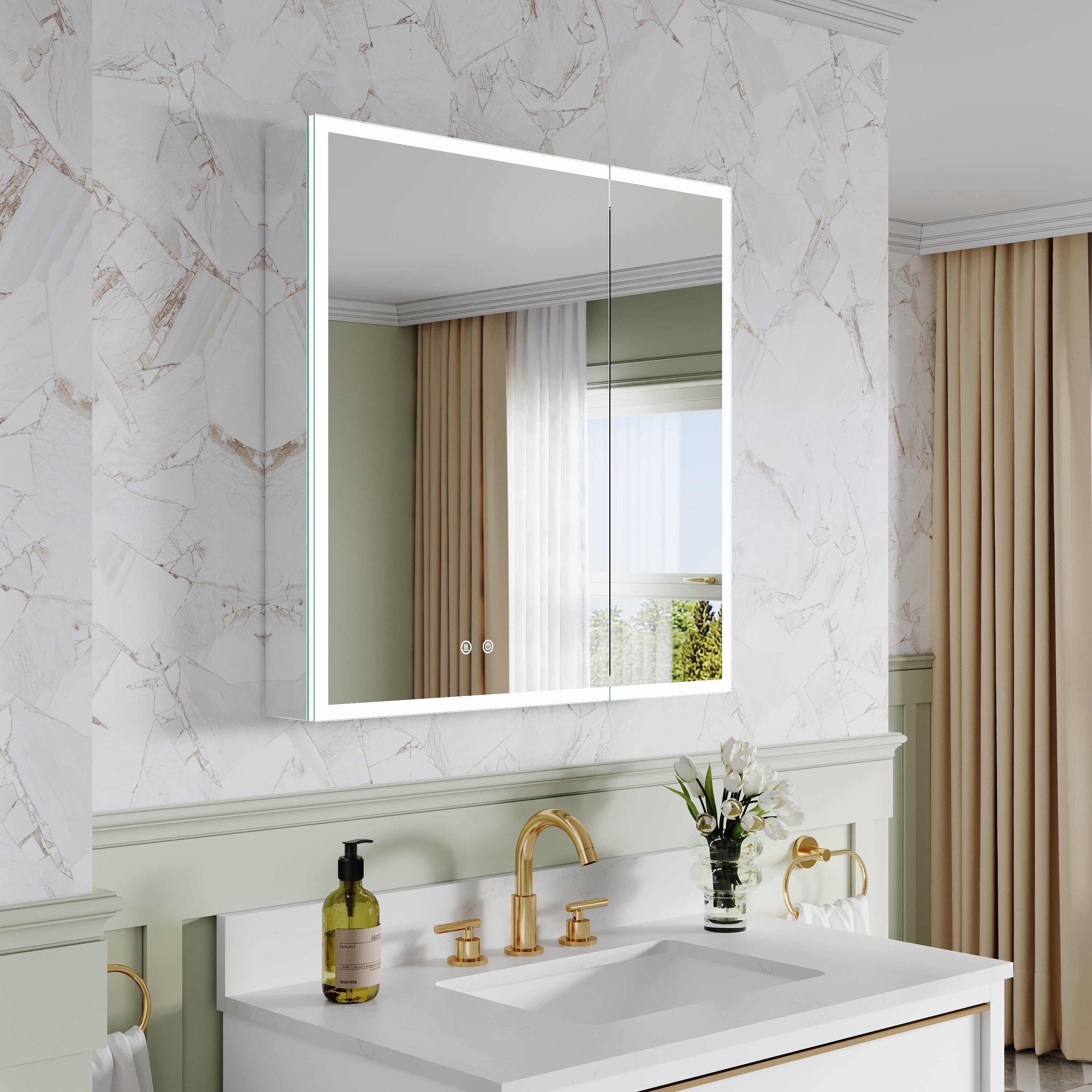
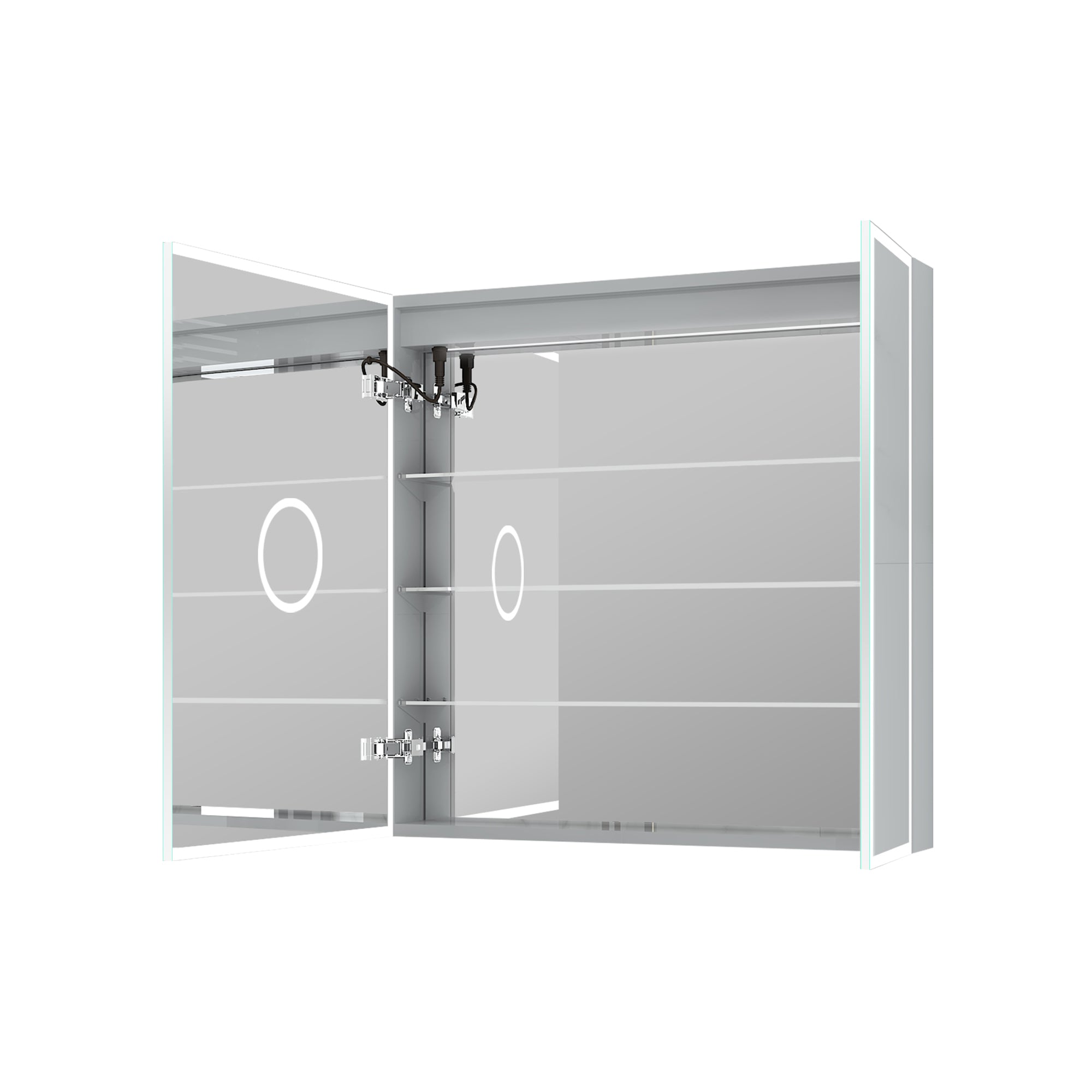
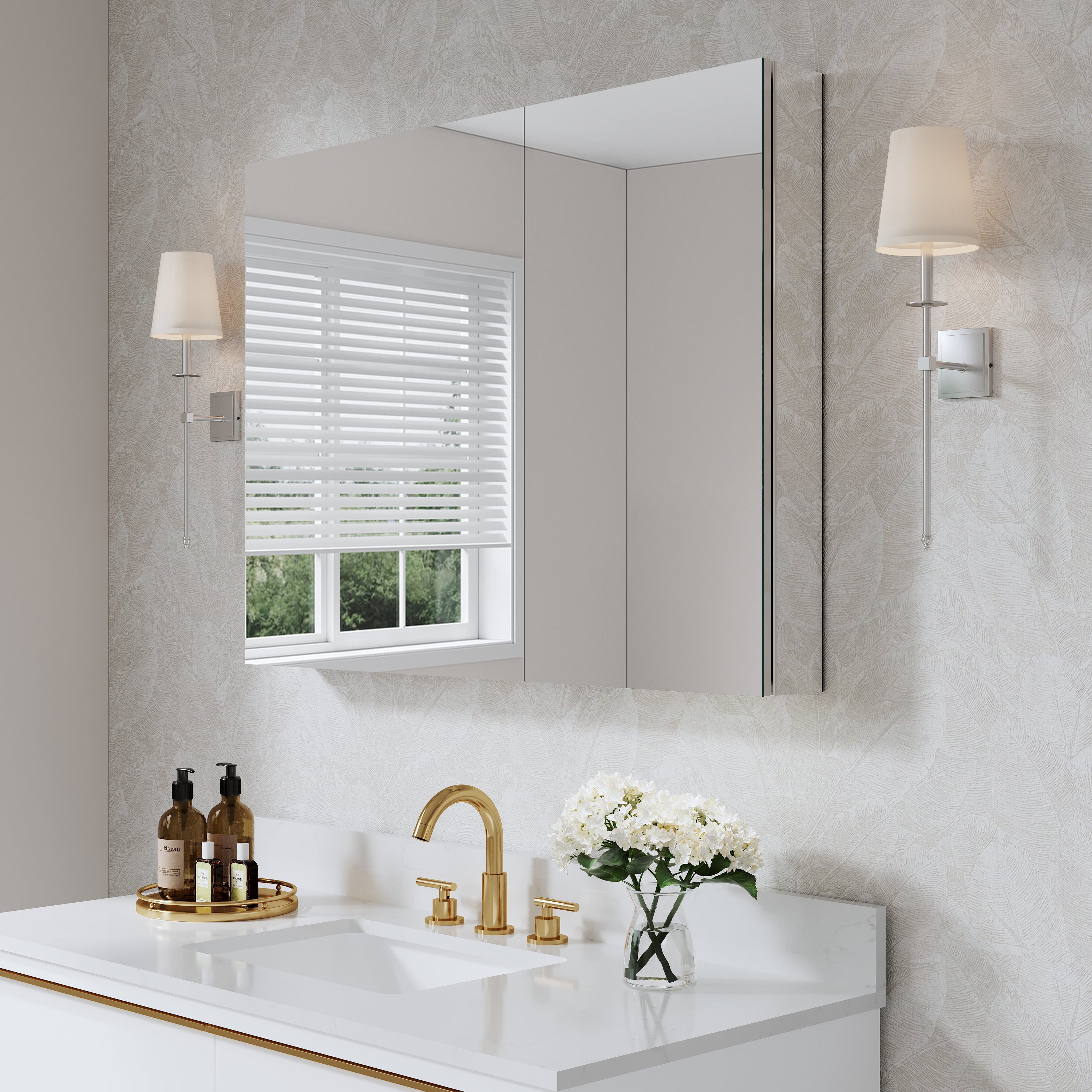

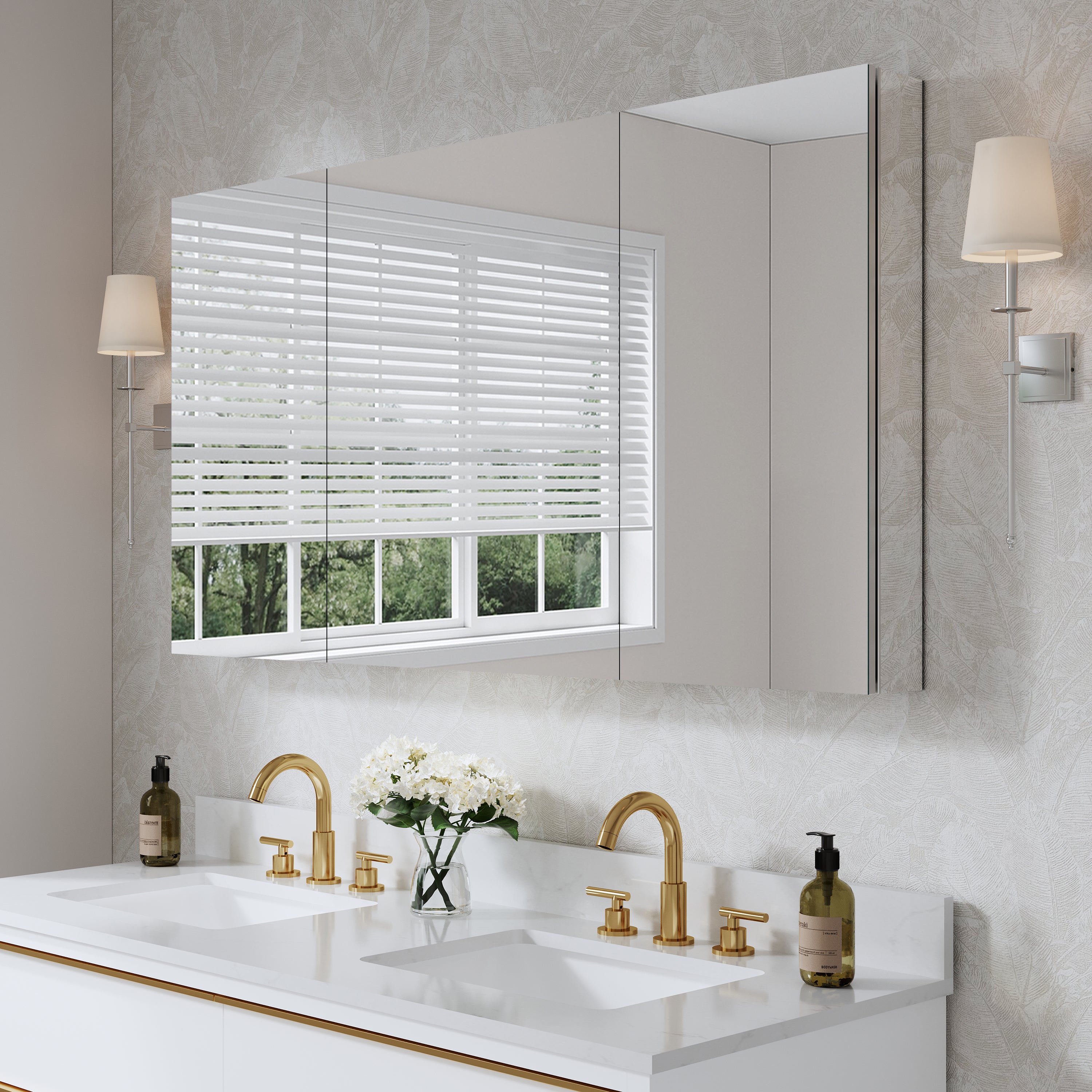

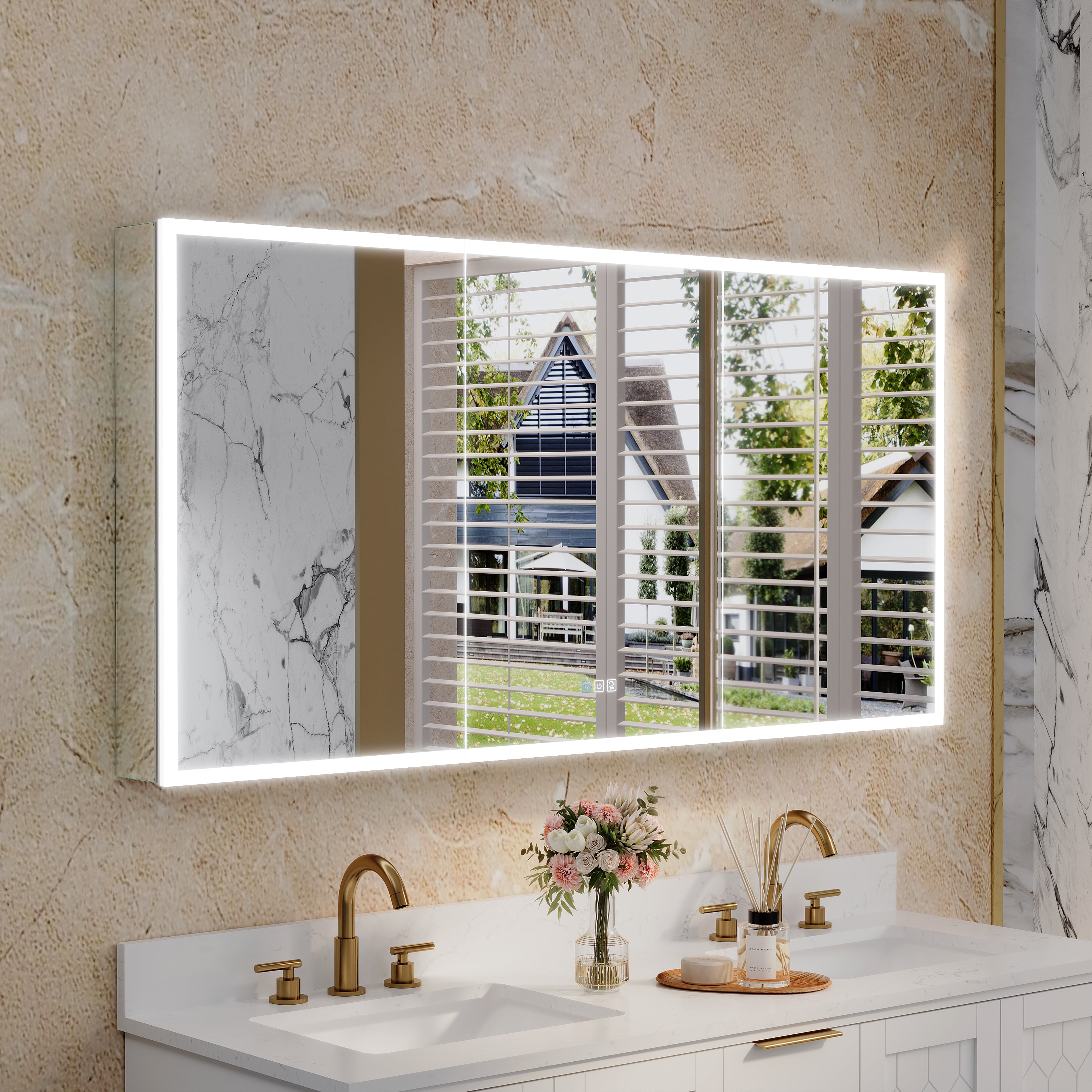

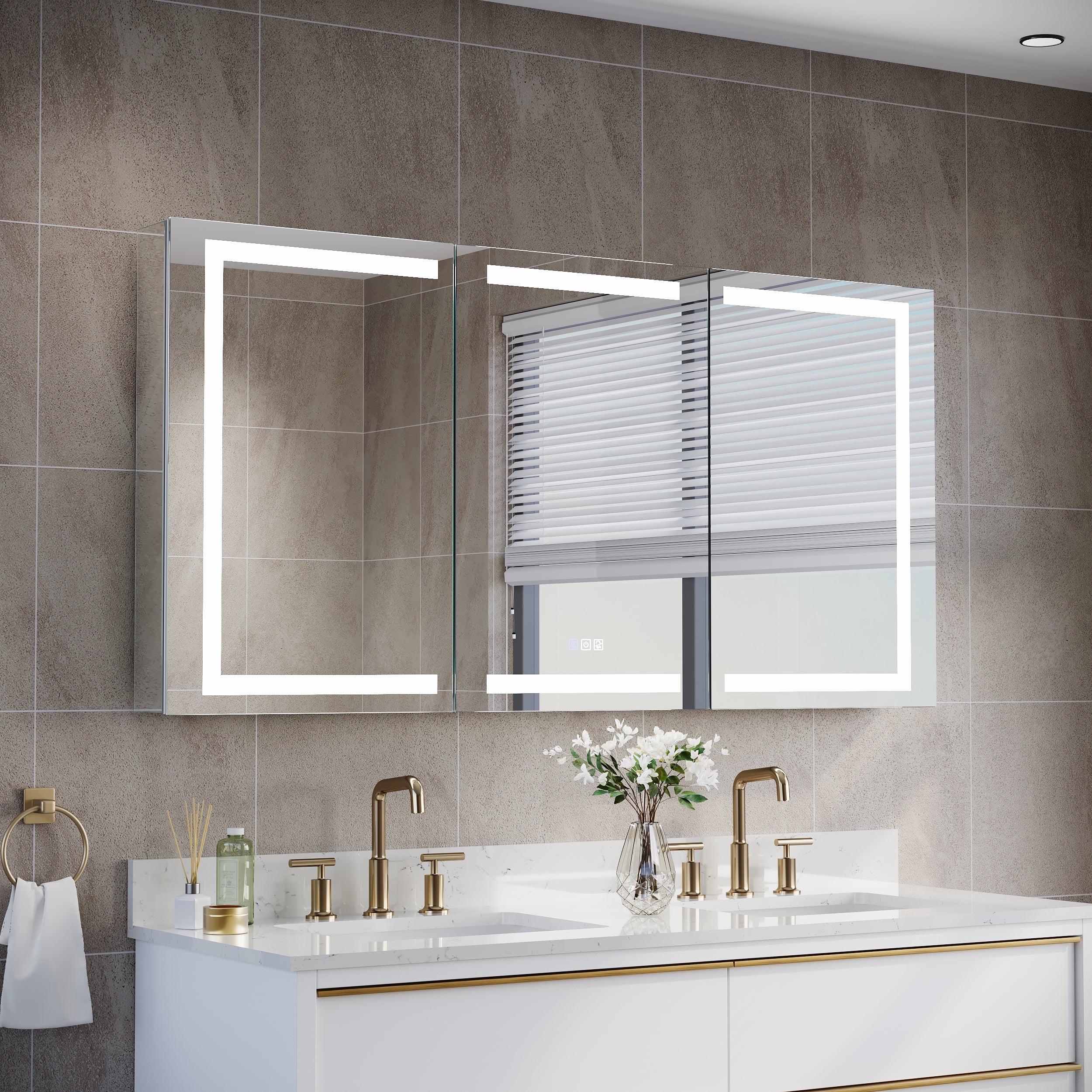


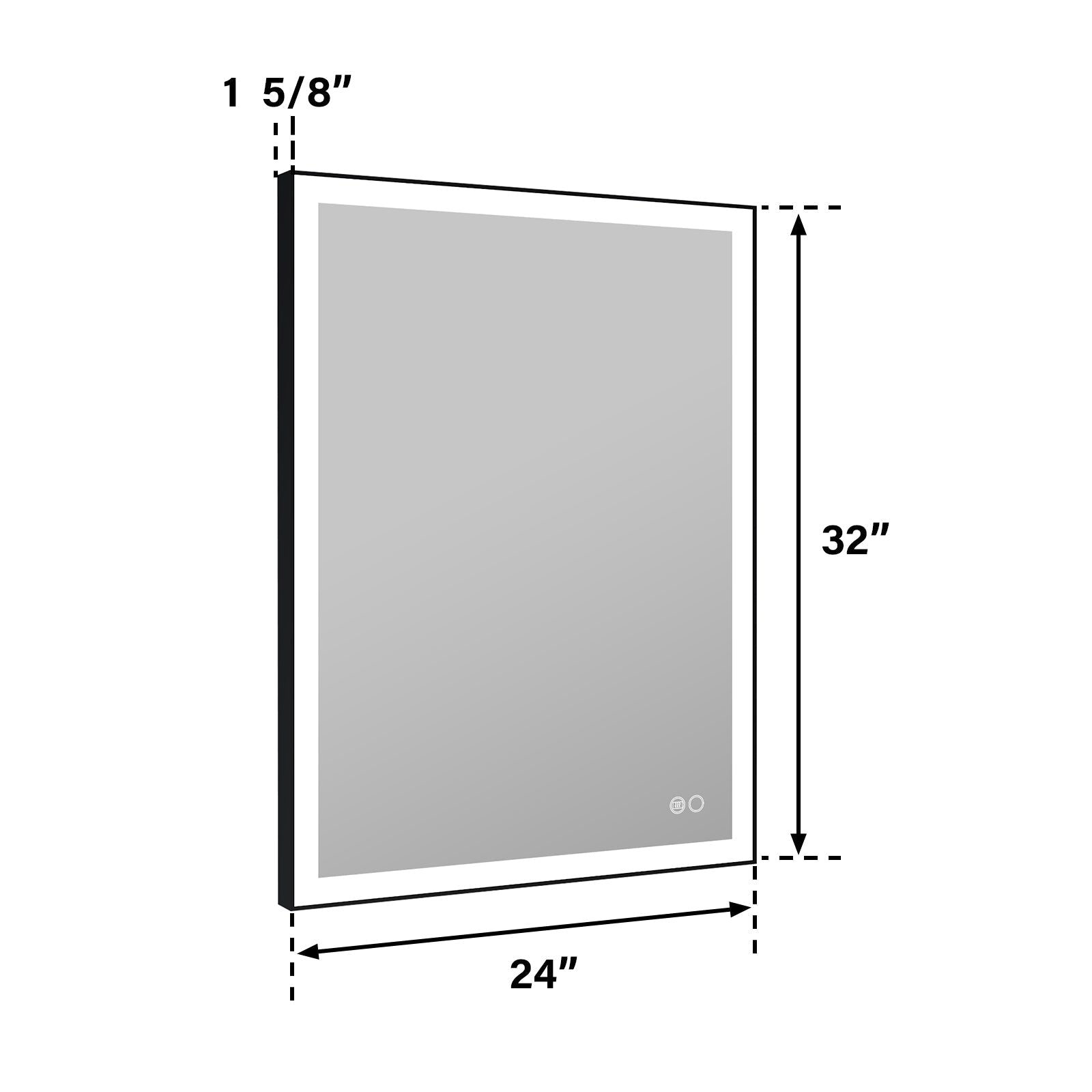
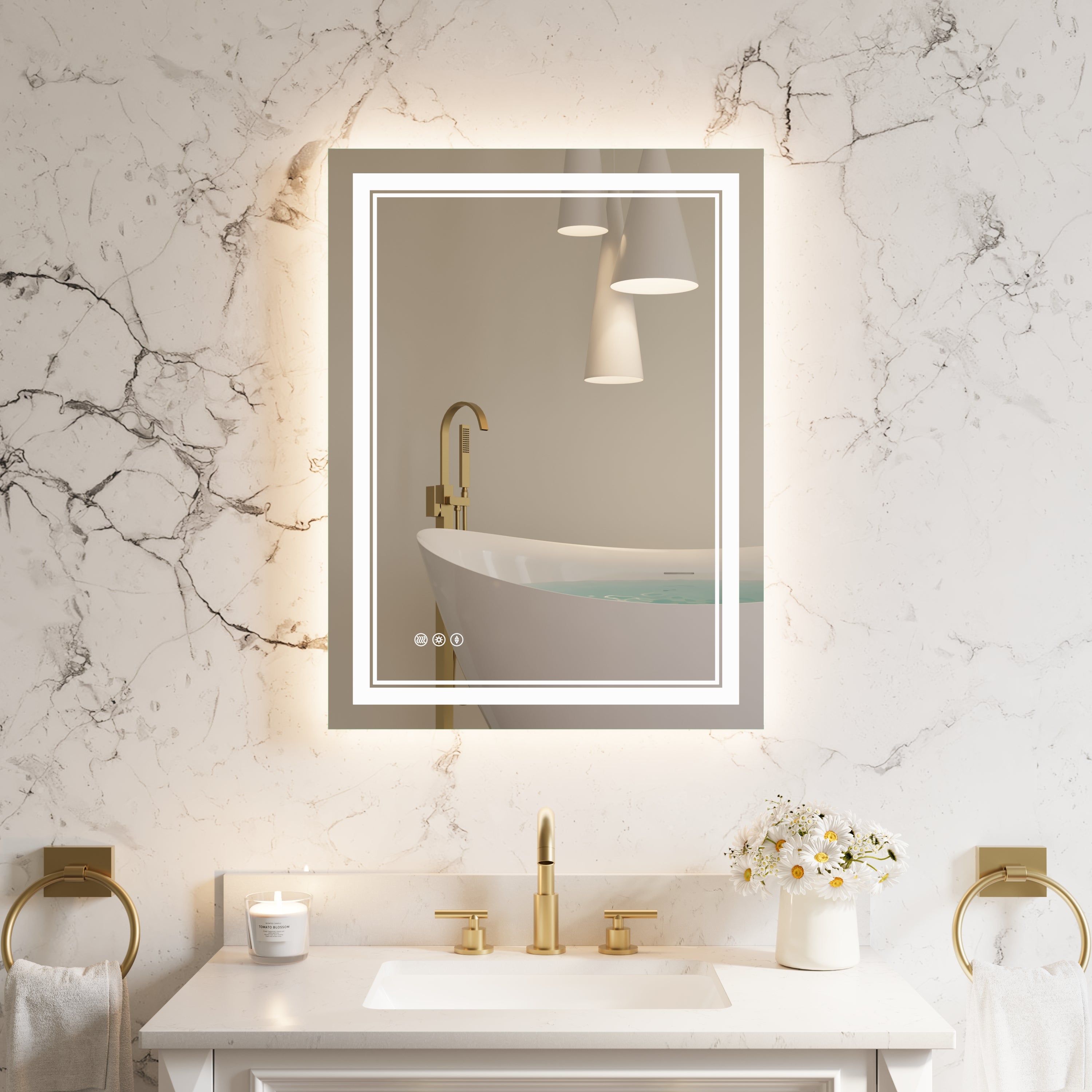
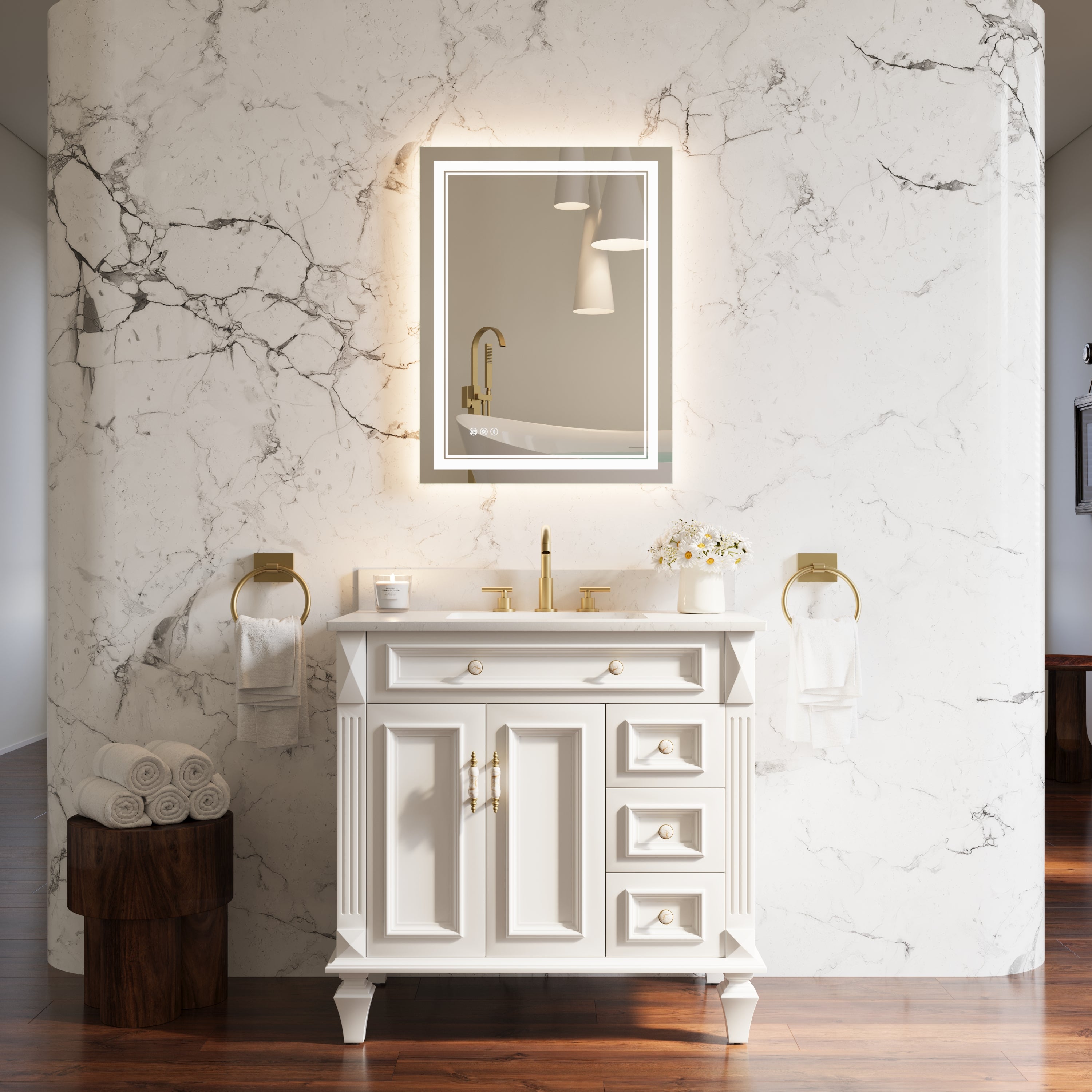
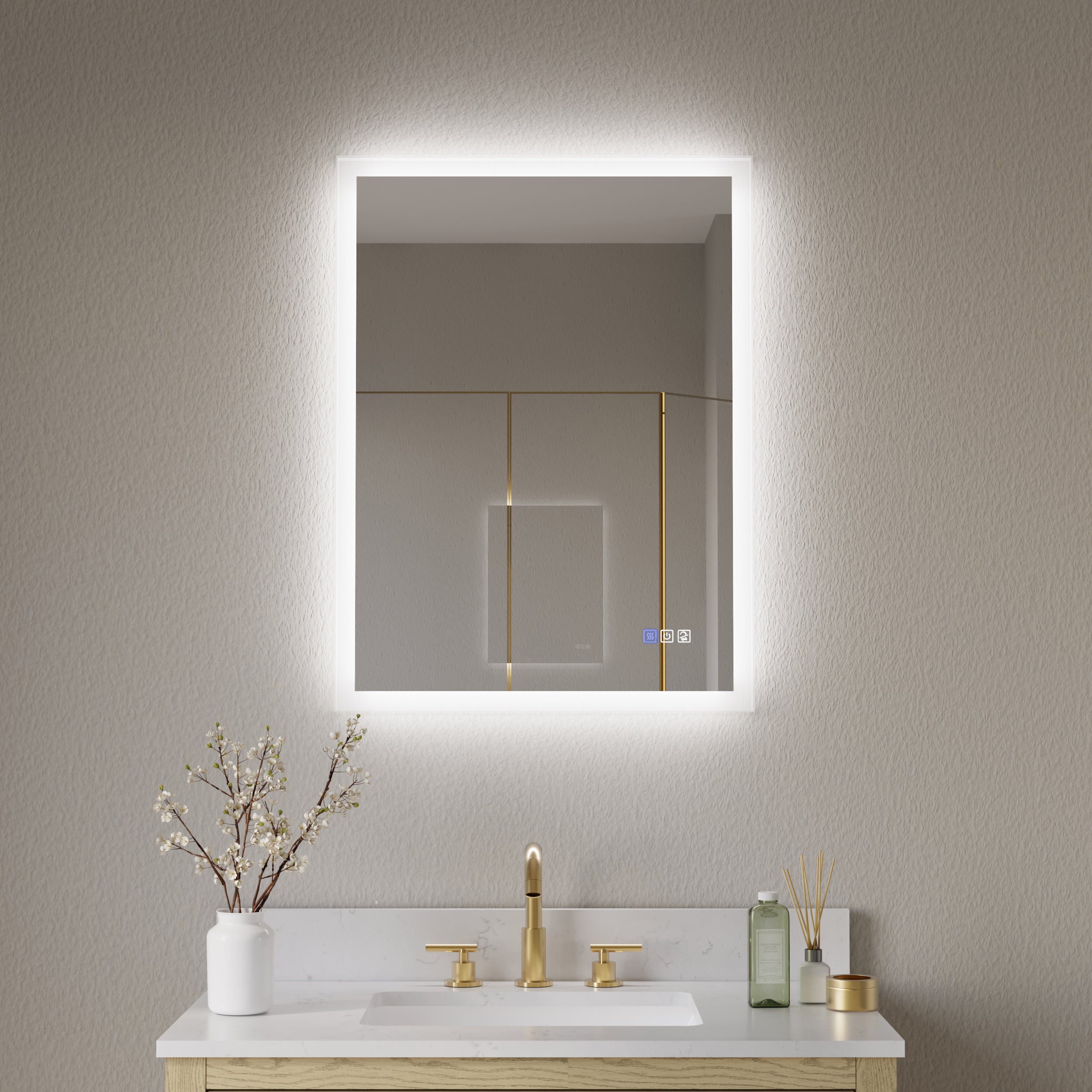

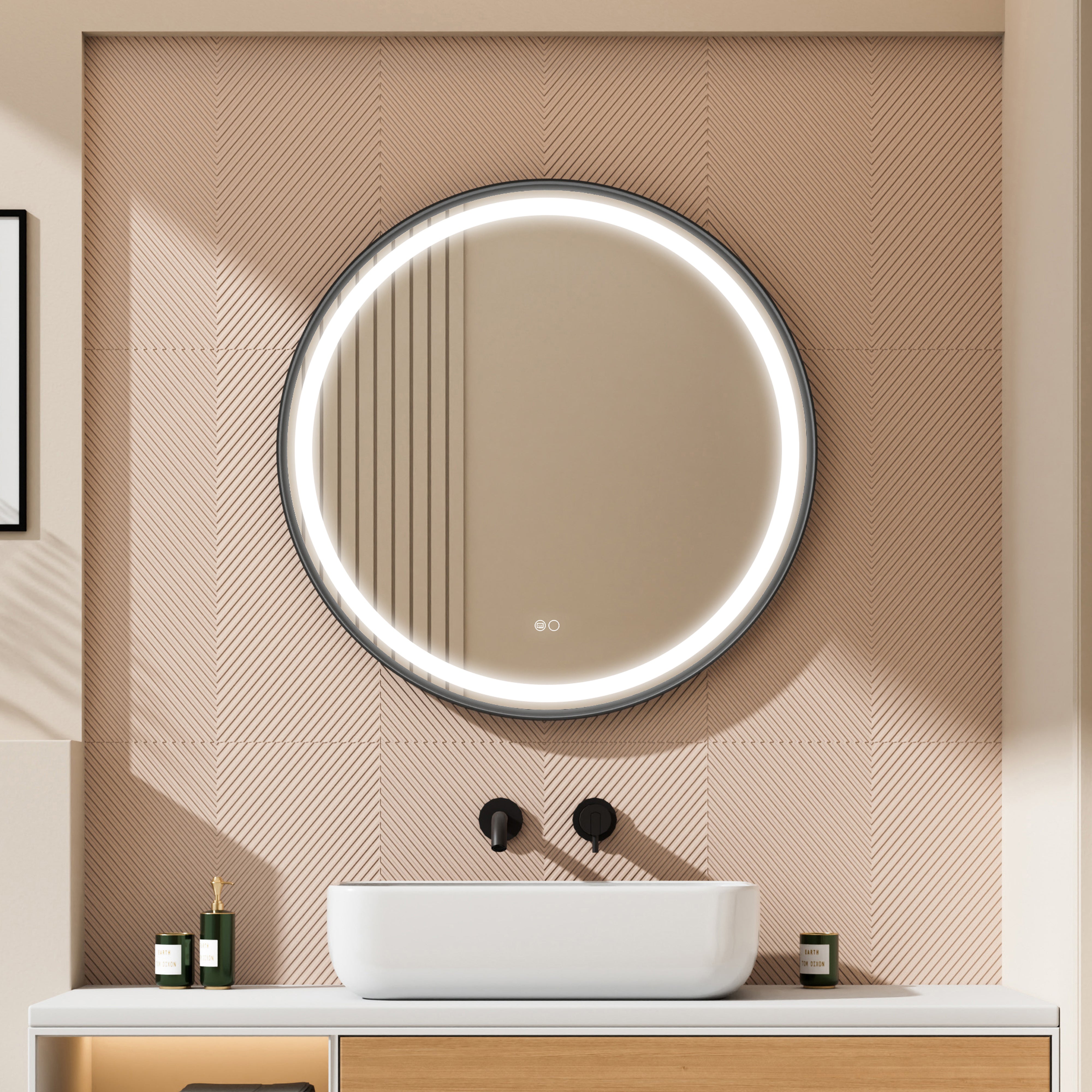
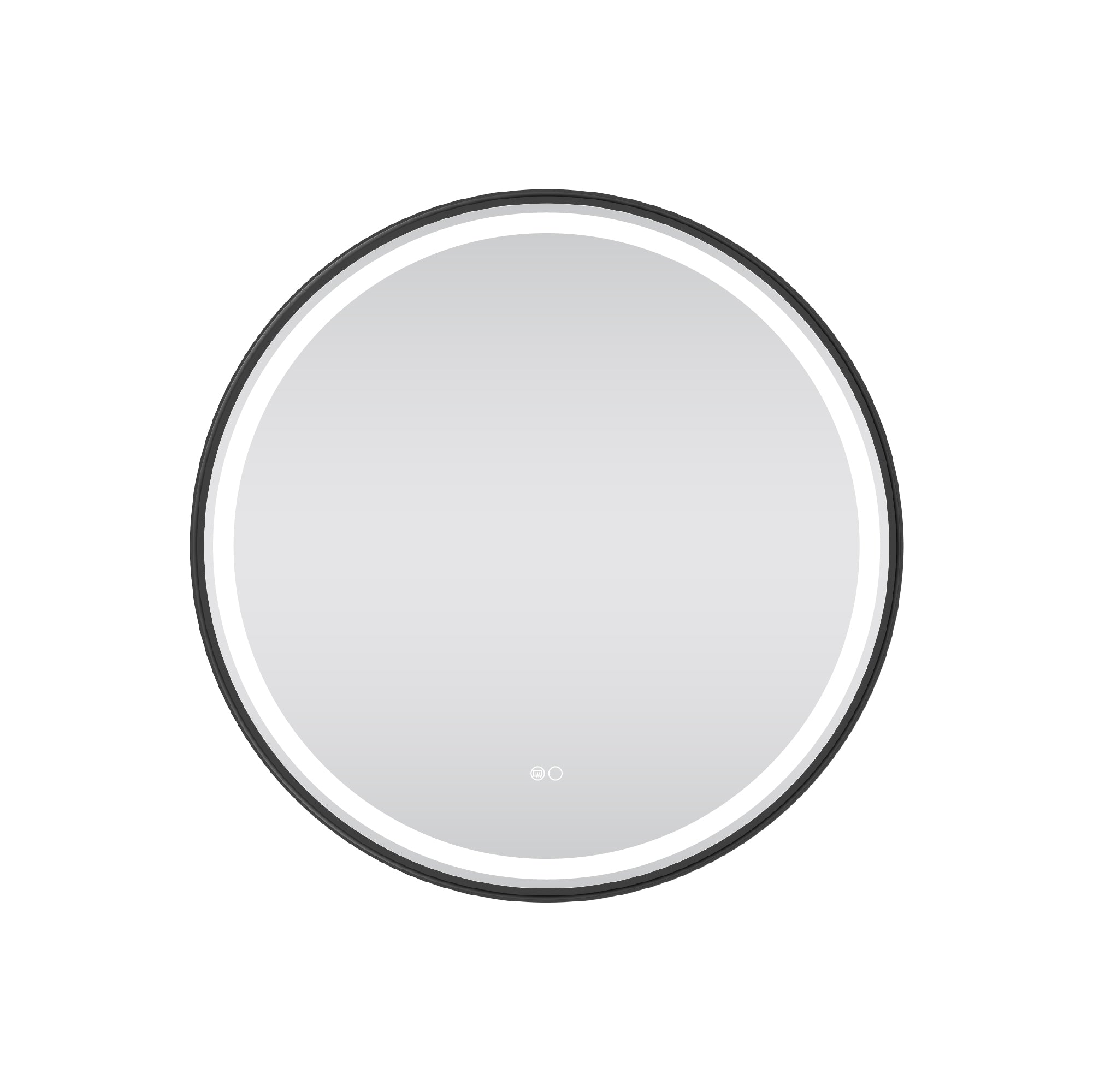


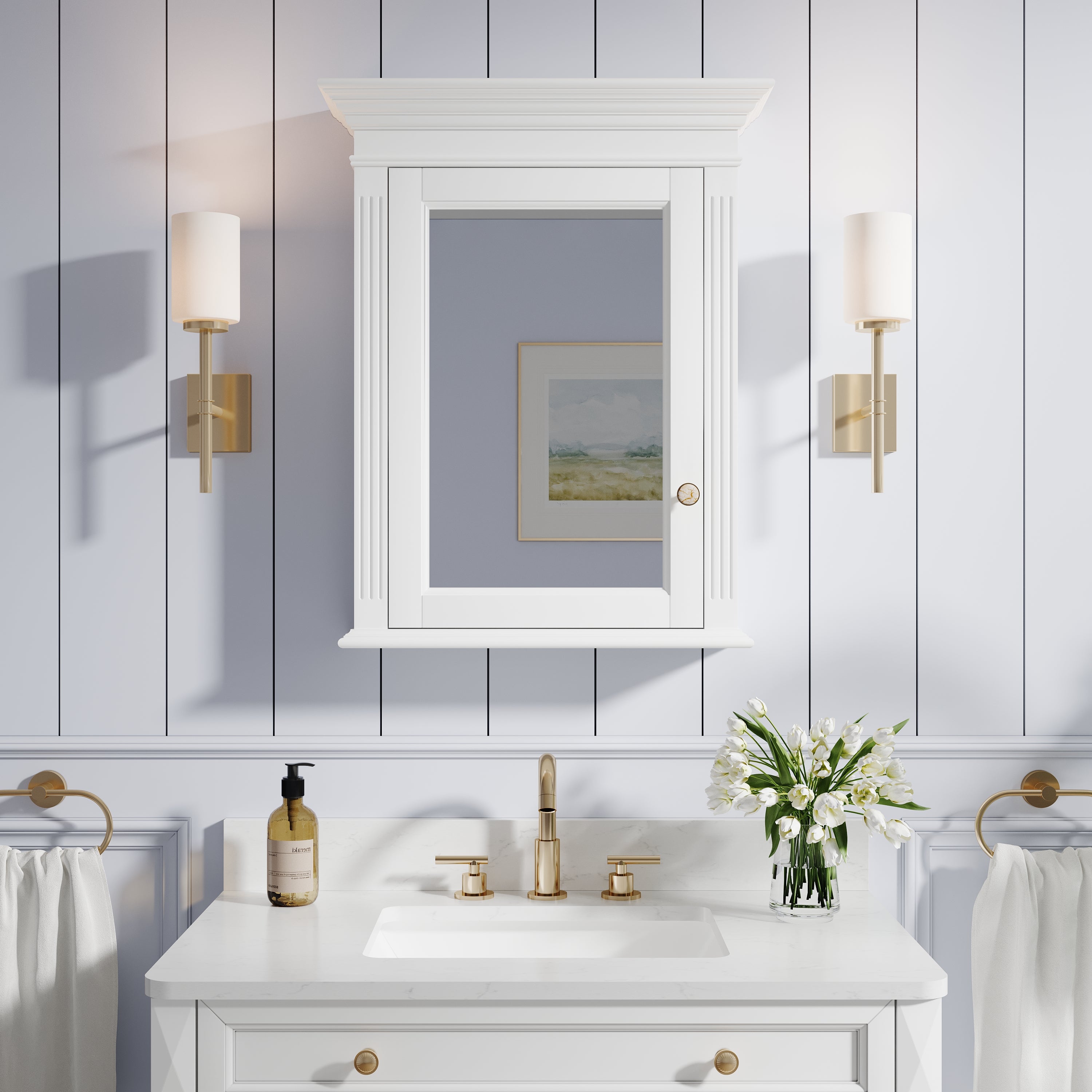
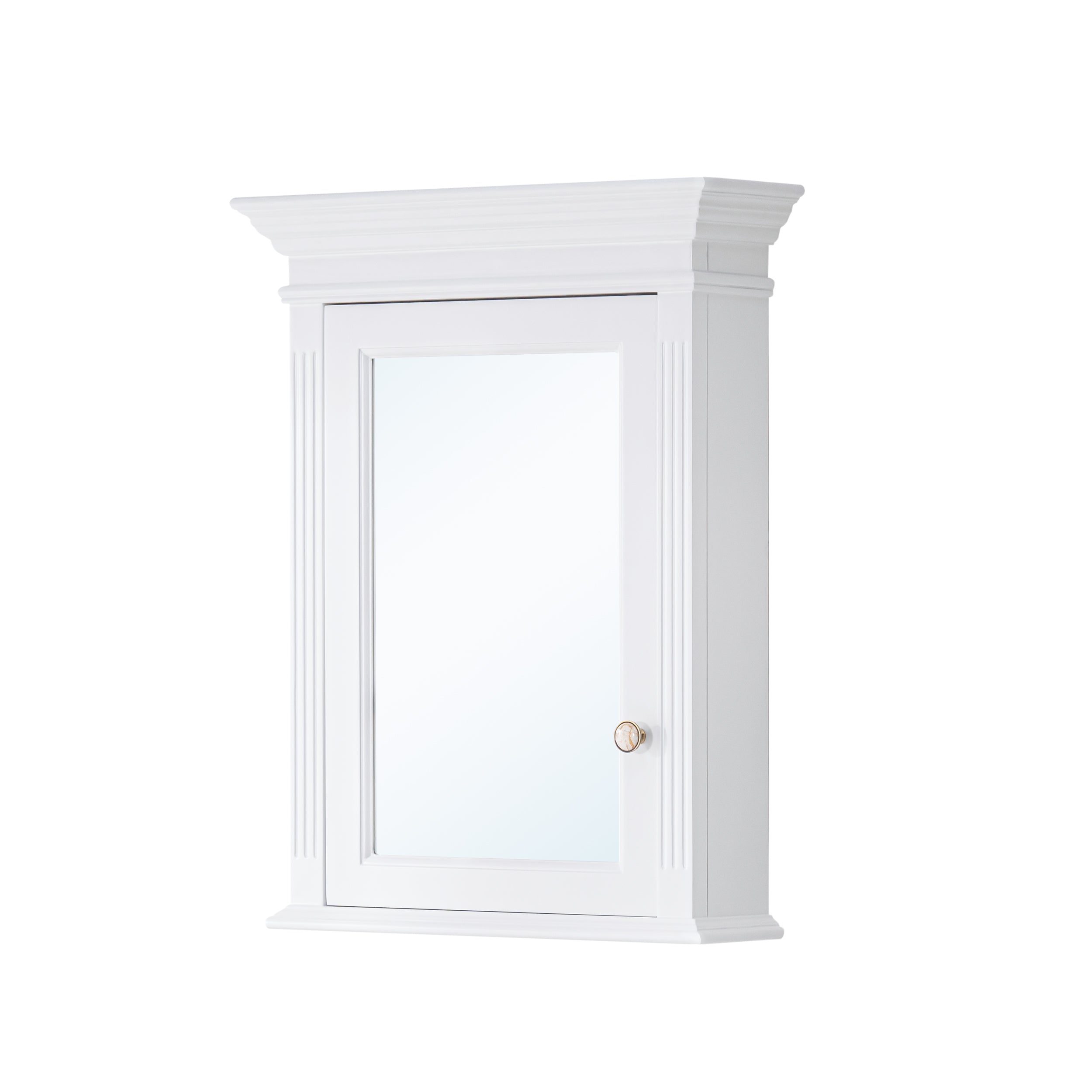
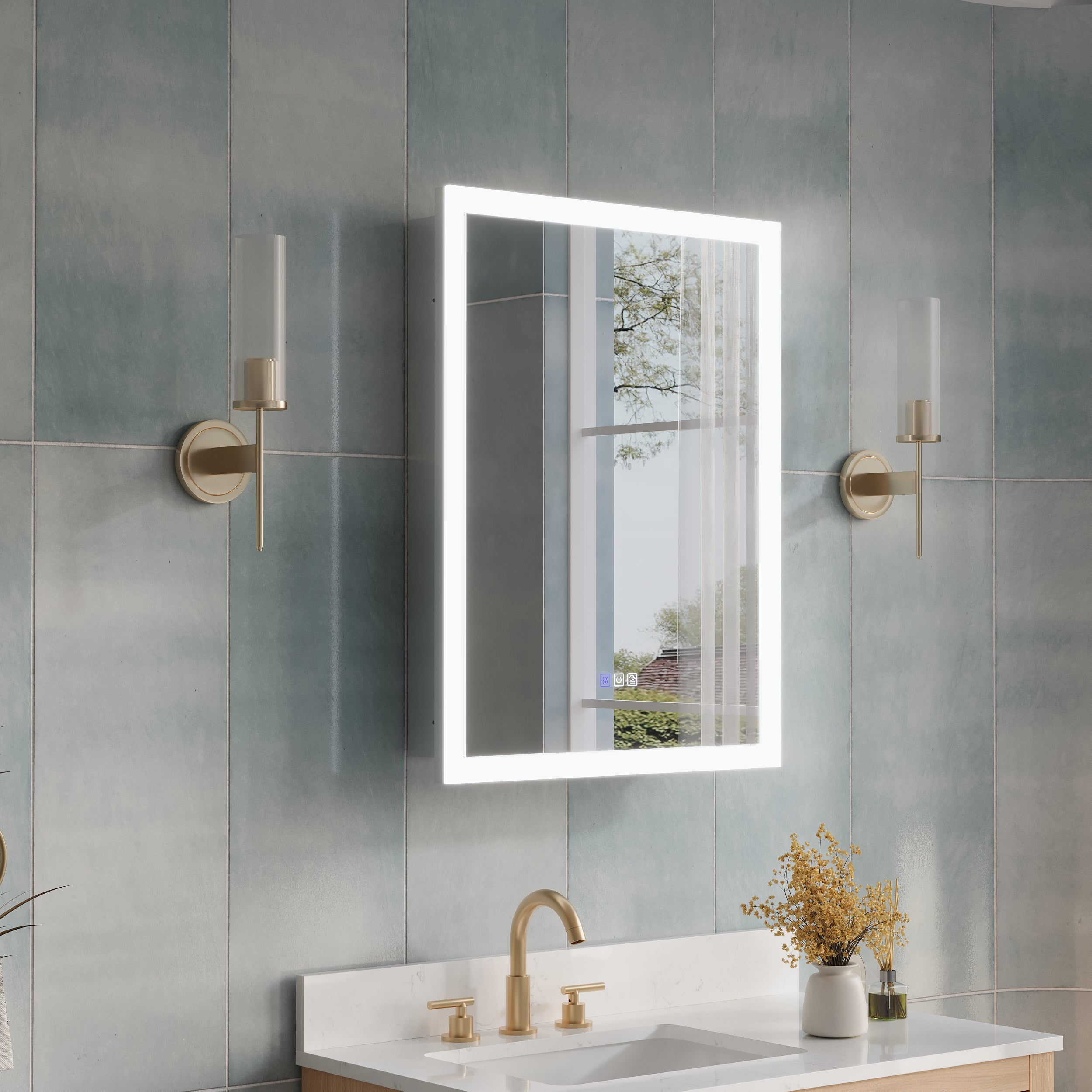
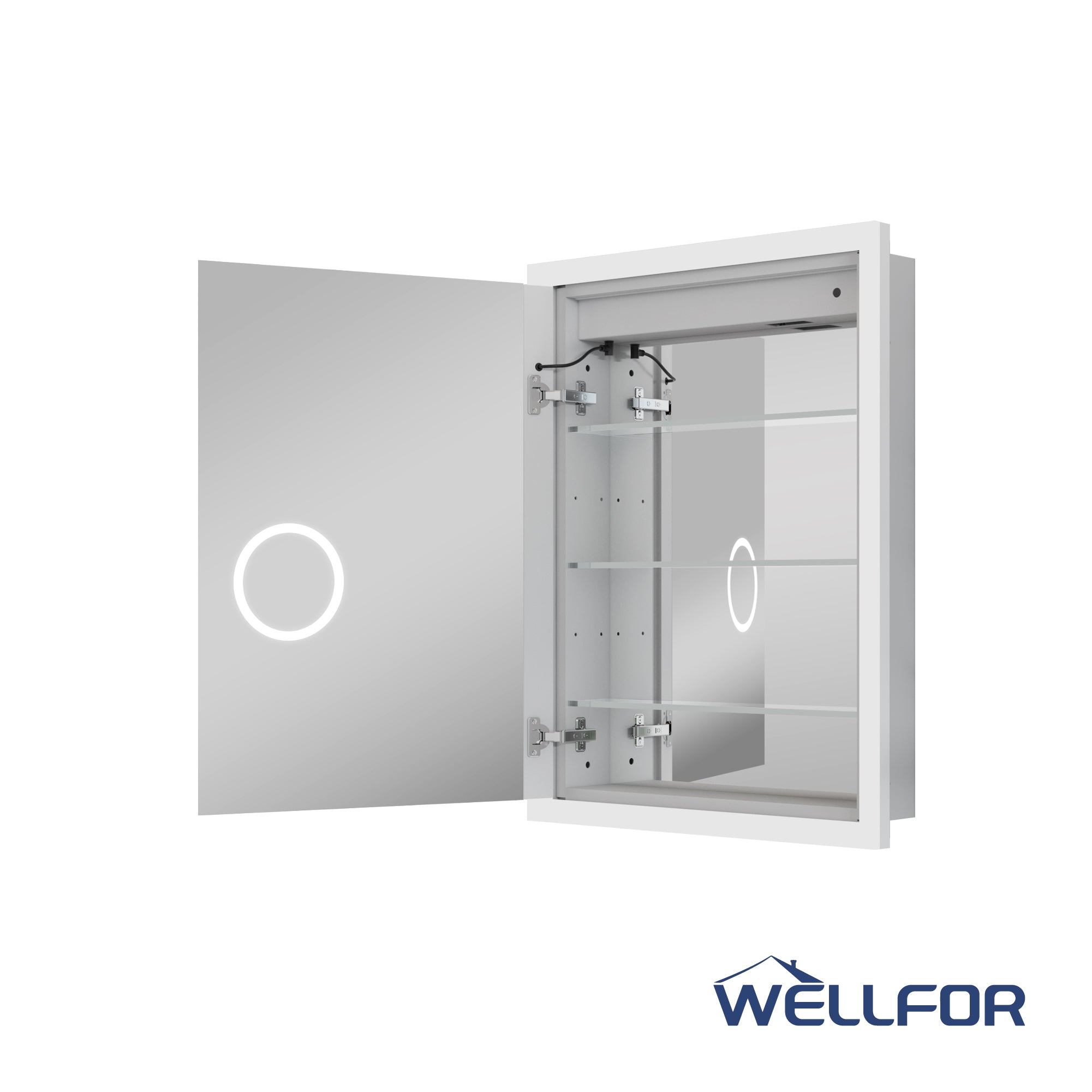
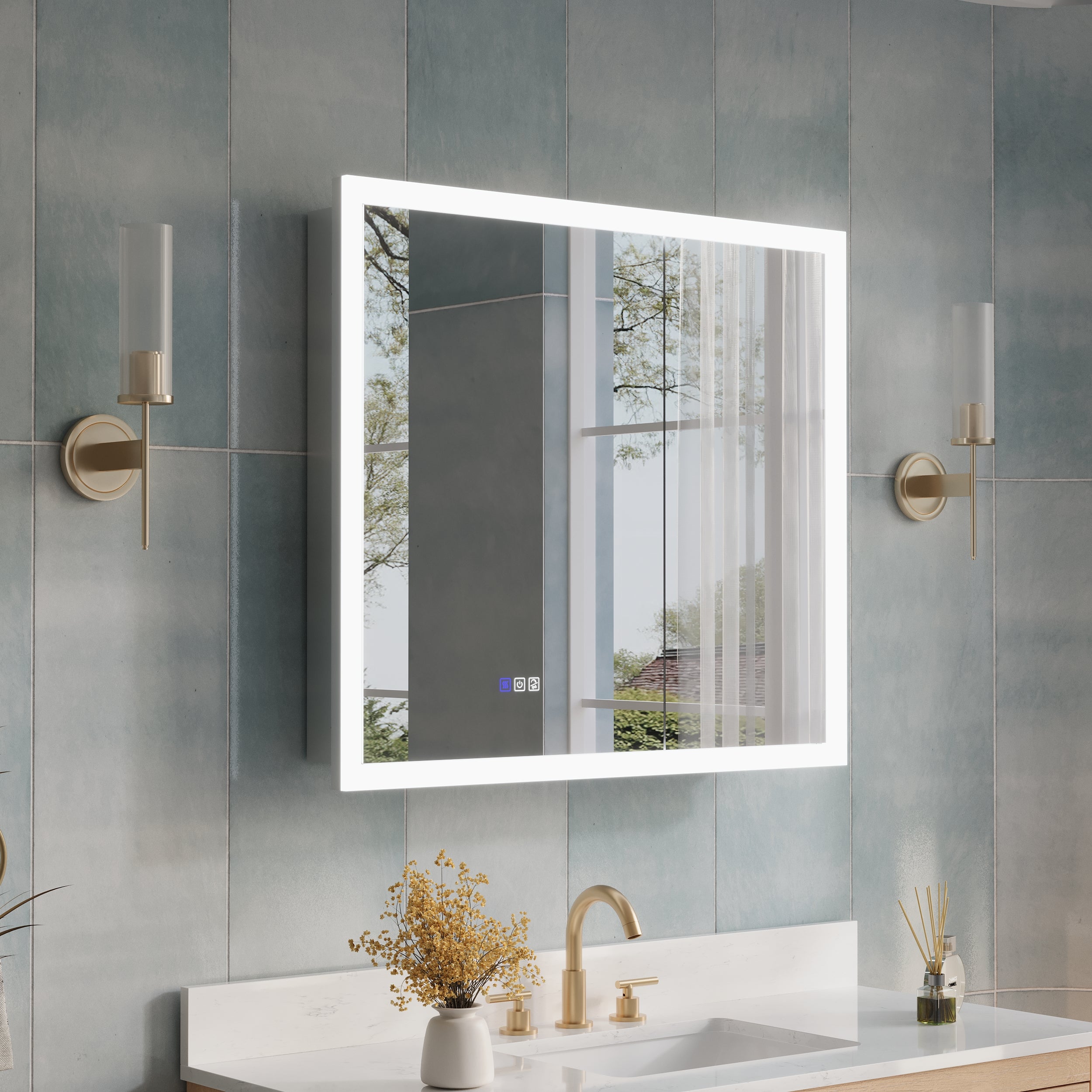




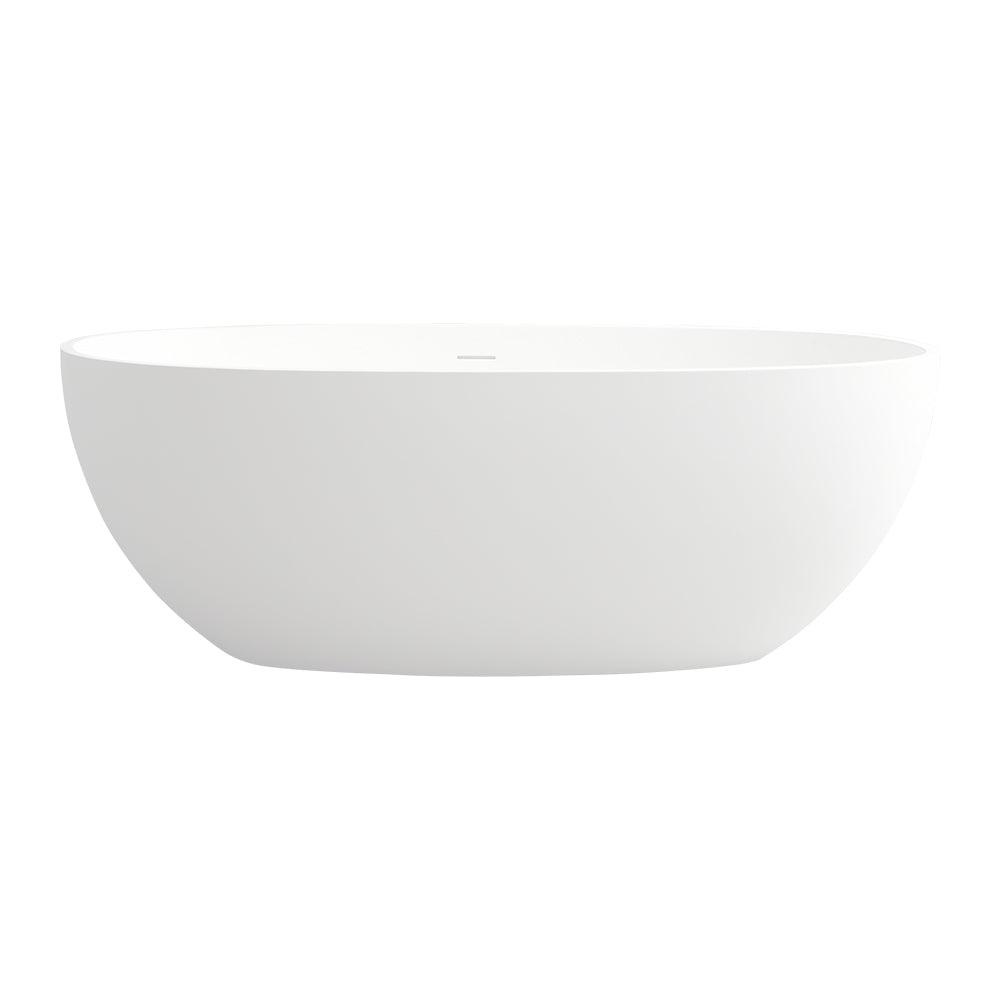
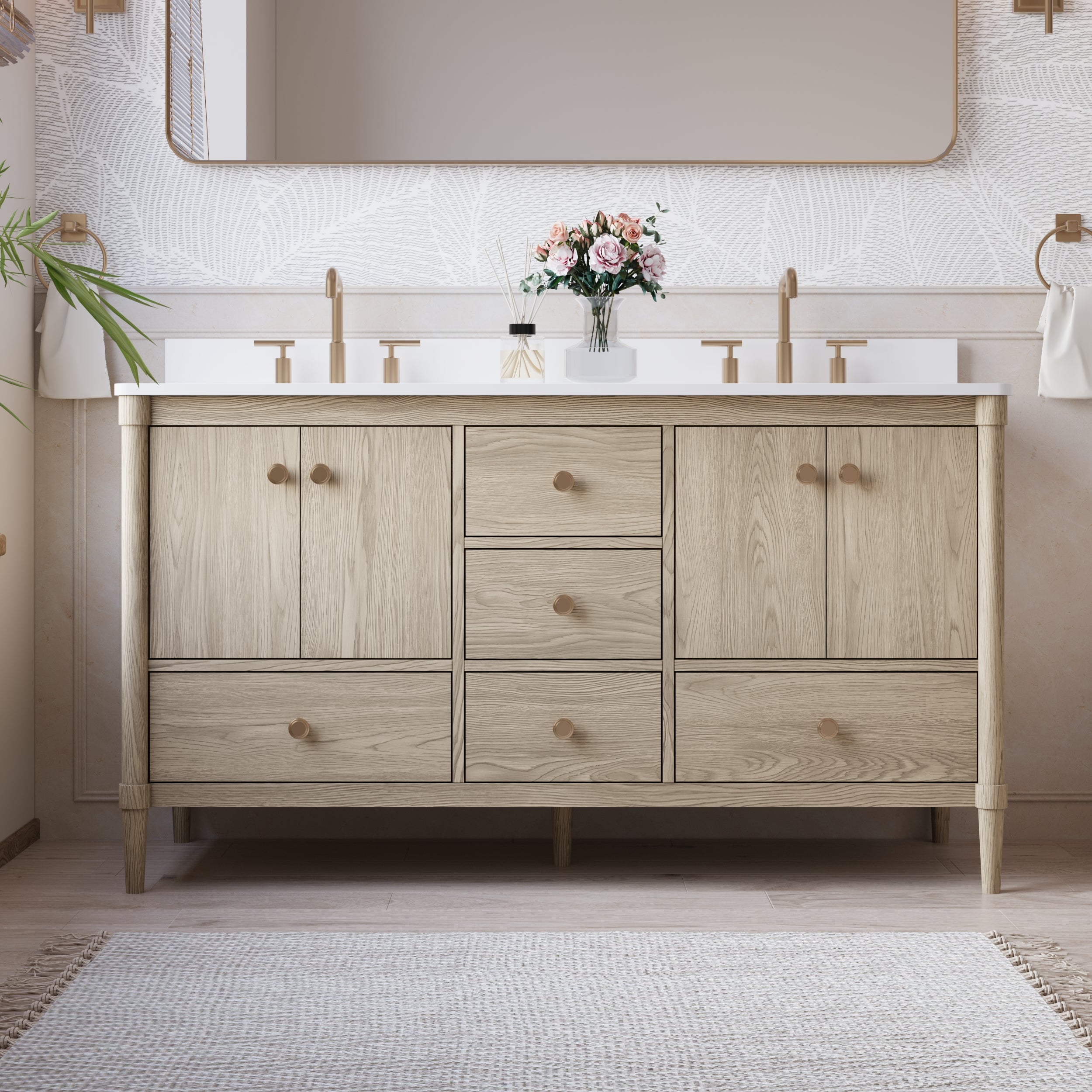
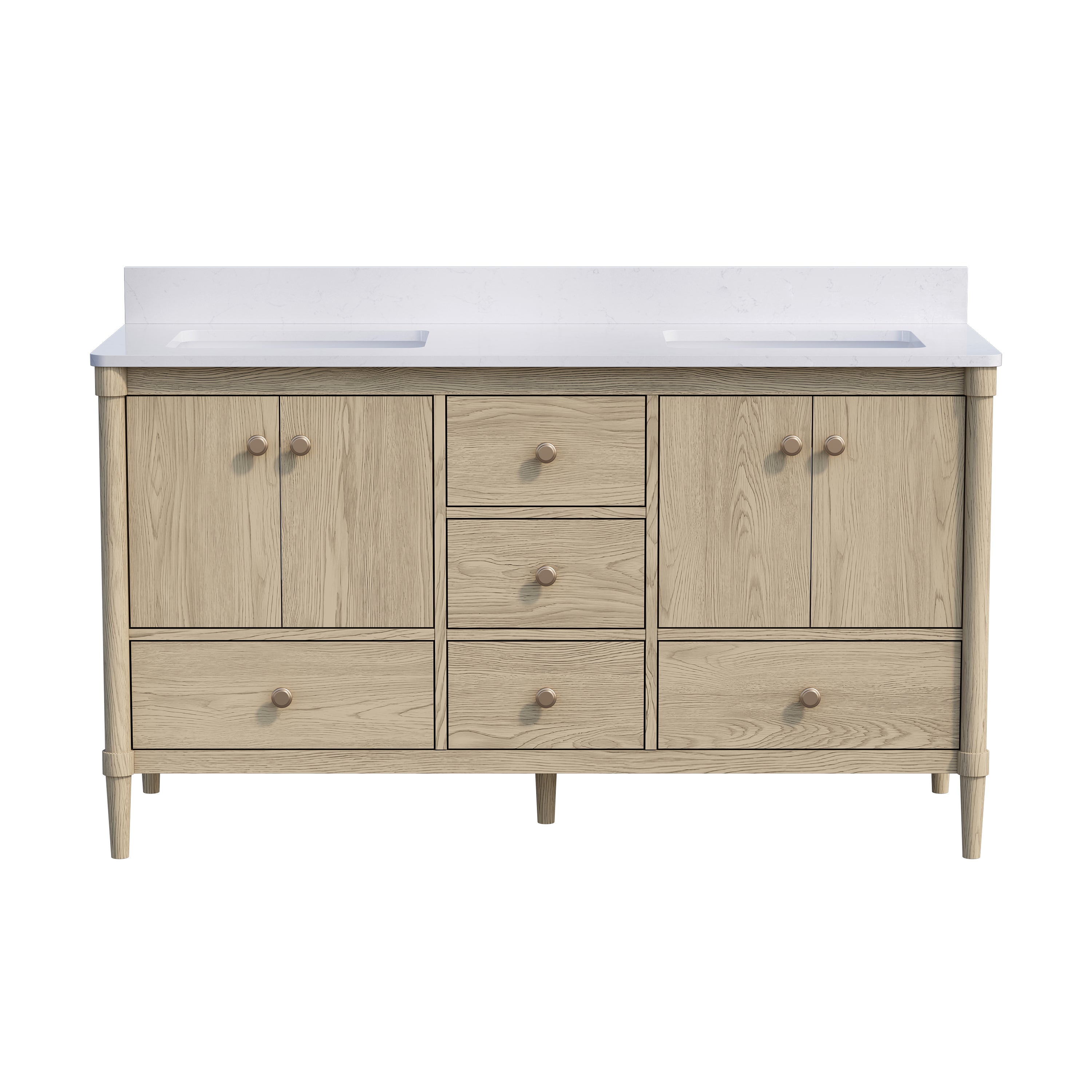
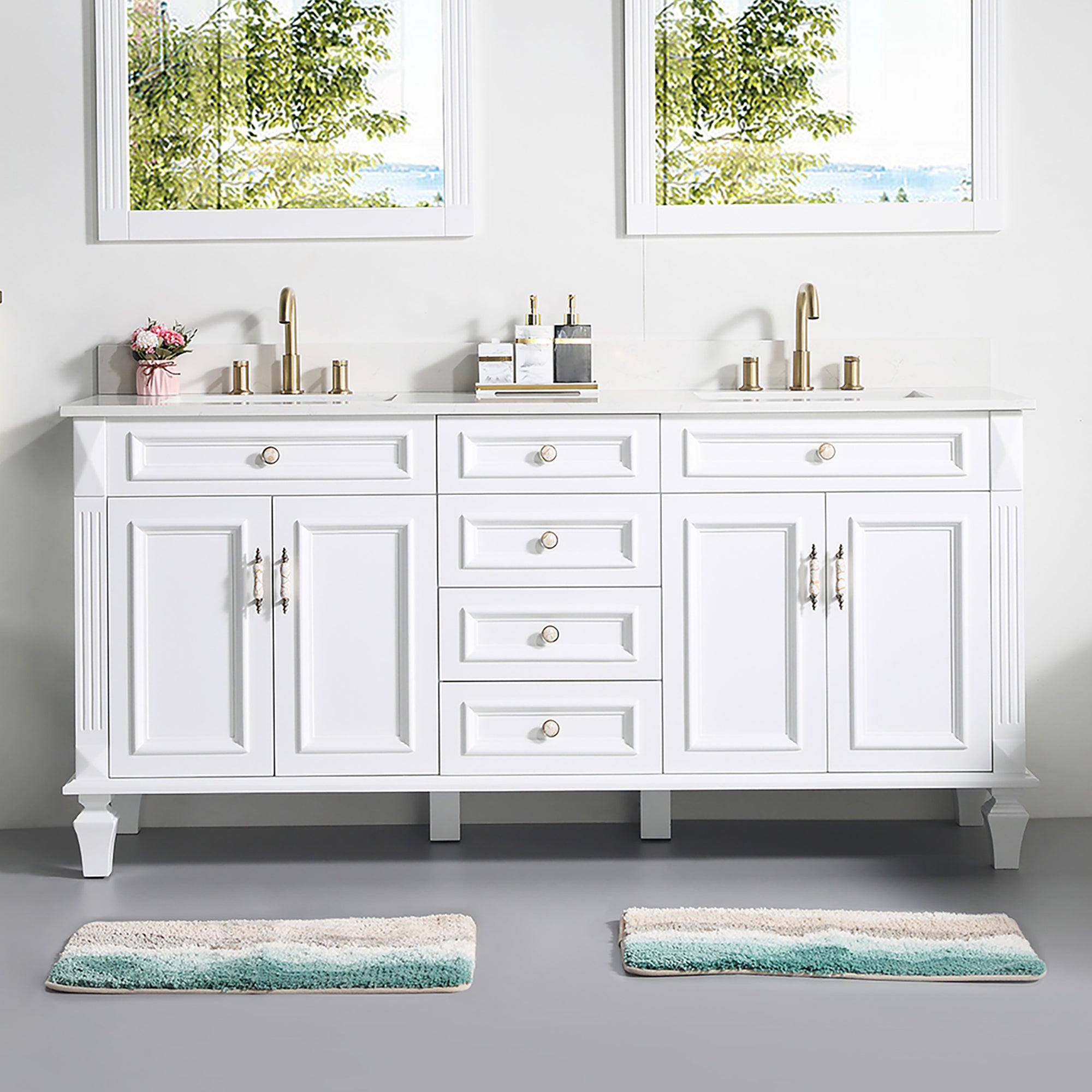

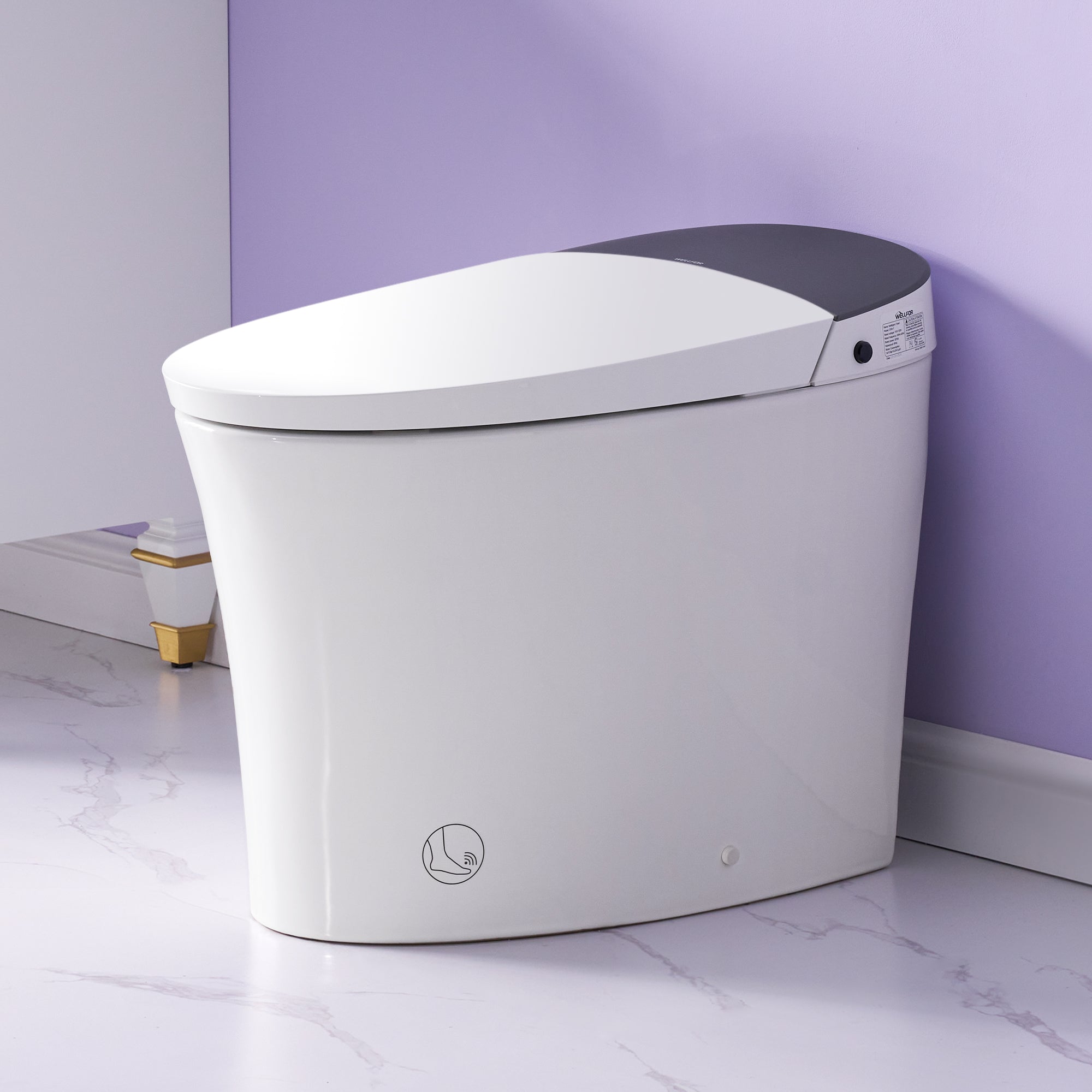
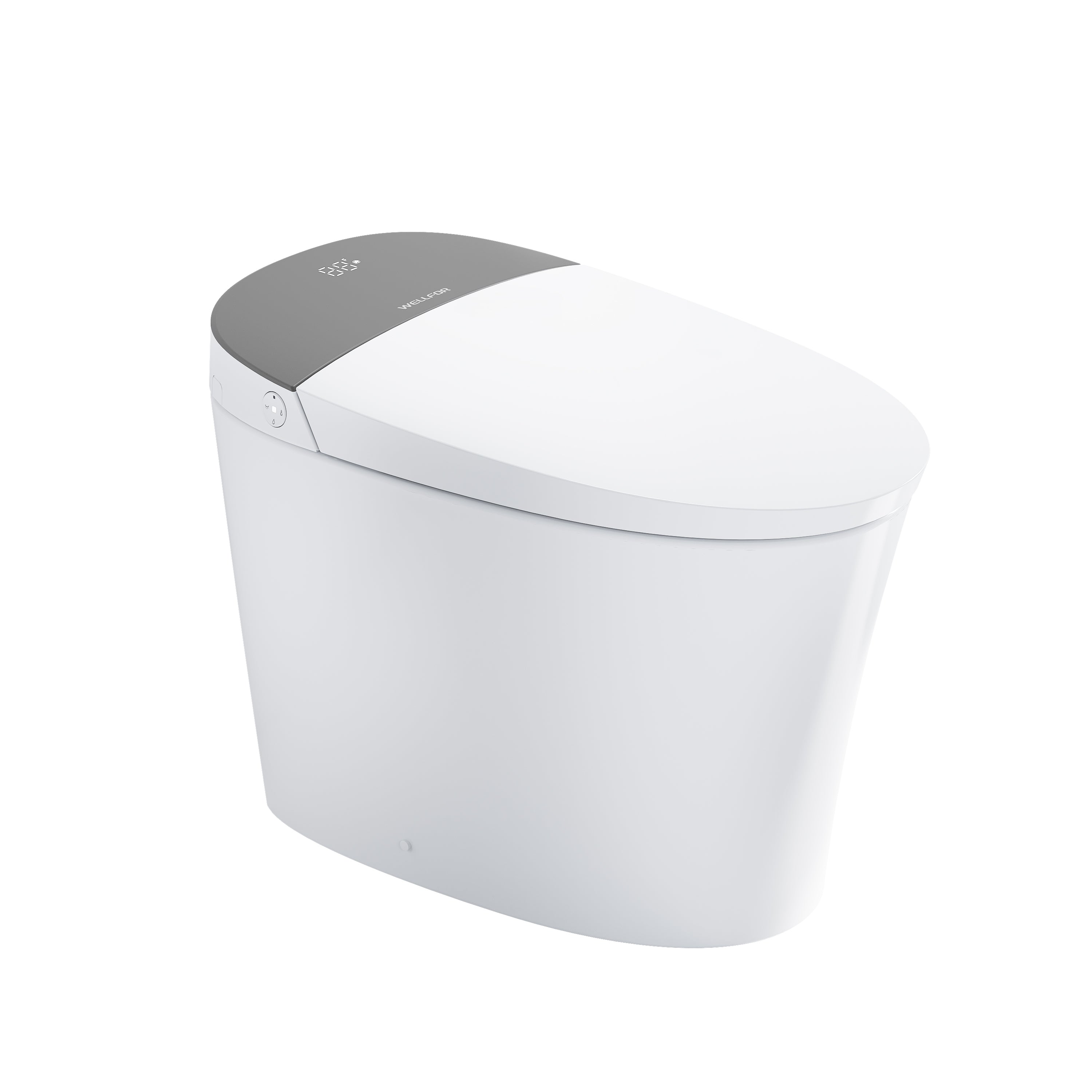

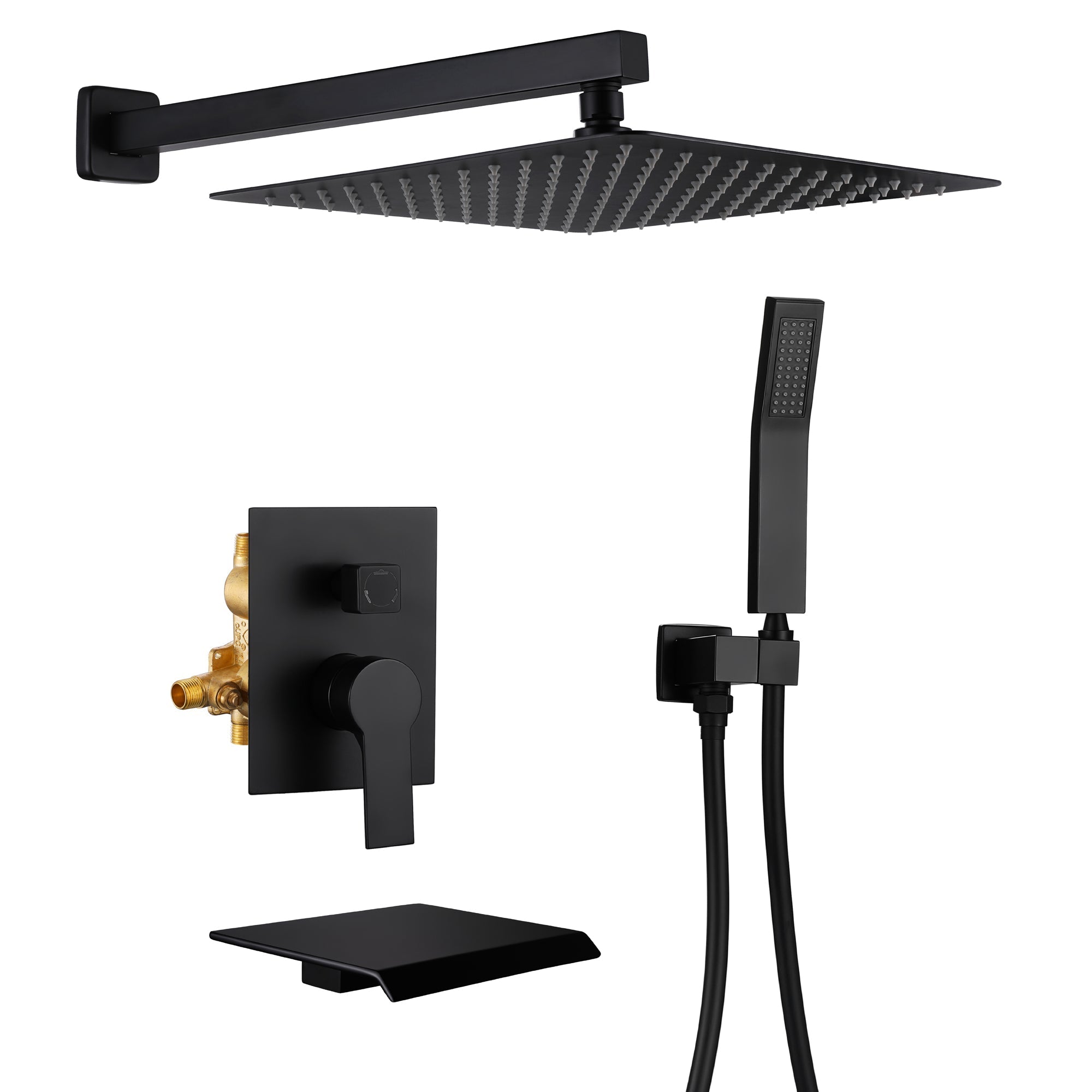
Leave a comment
This site is protected by hCaptcha and the hCaptcha Privacy Policy and Terms of Service apply.